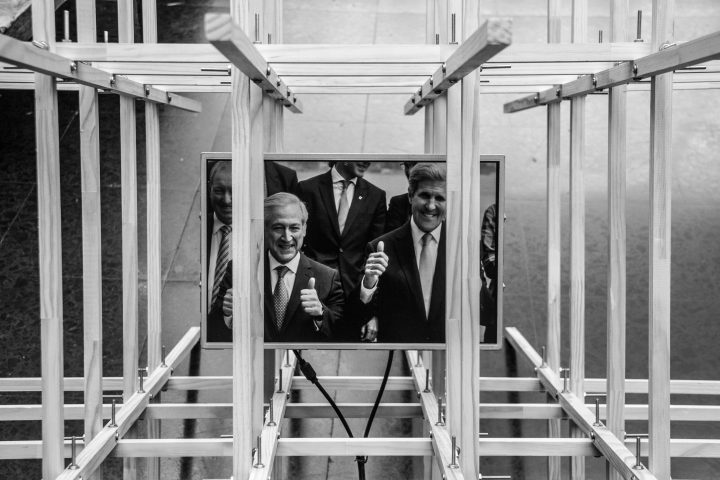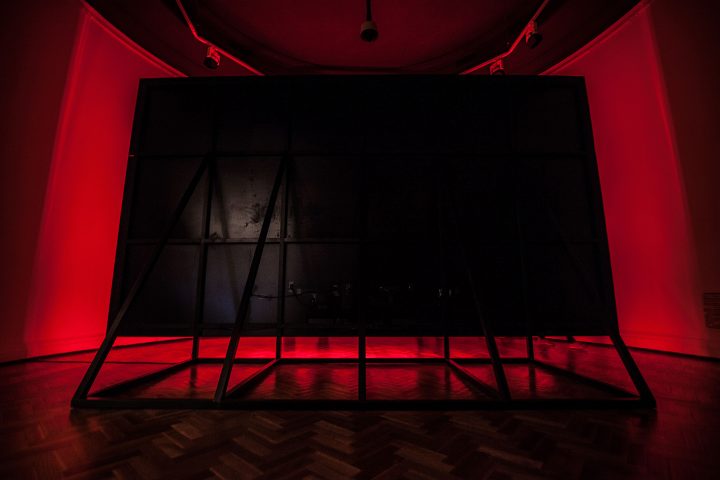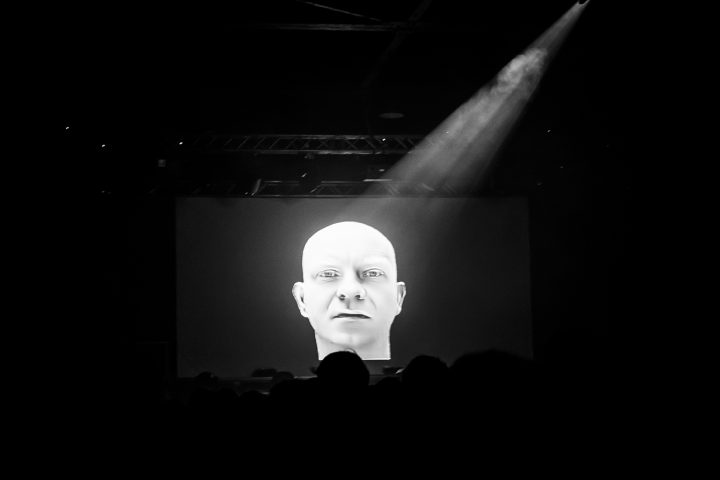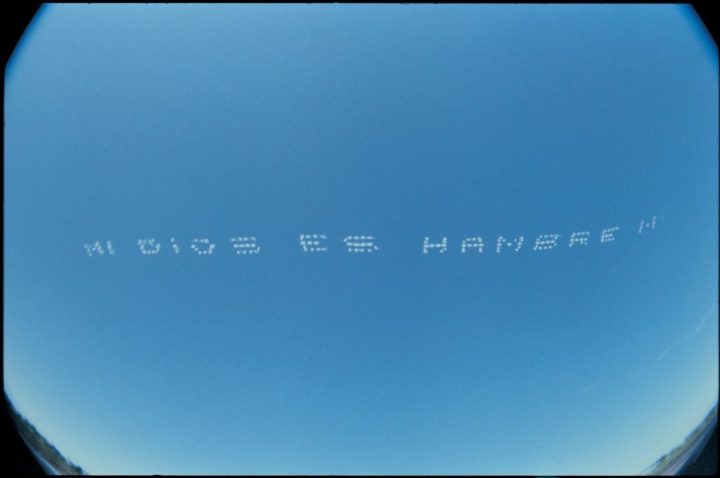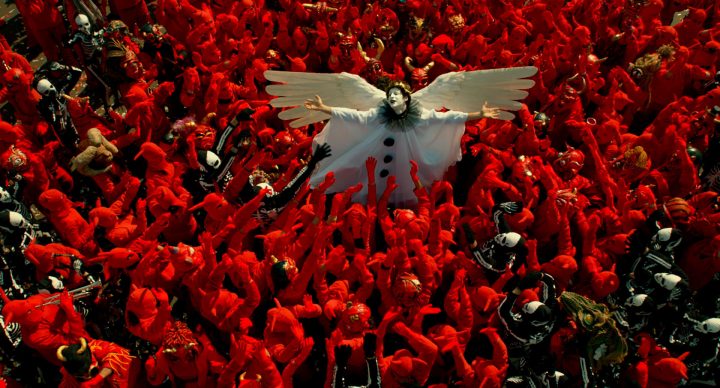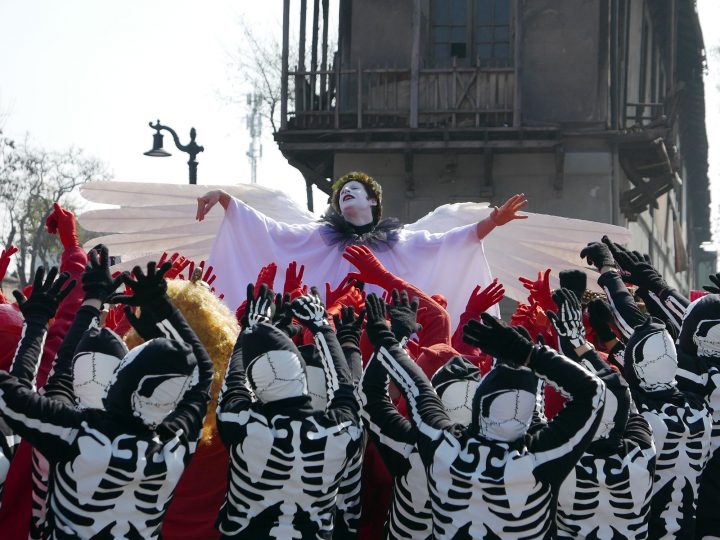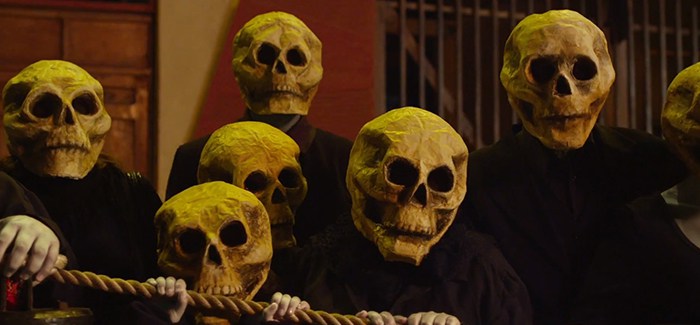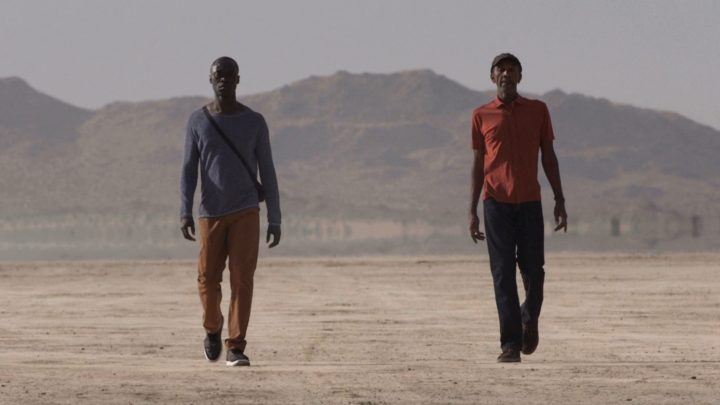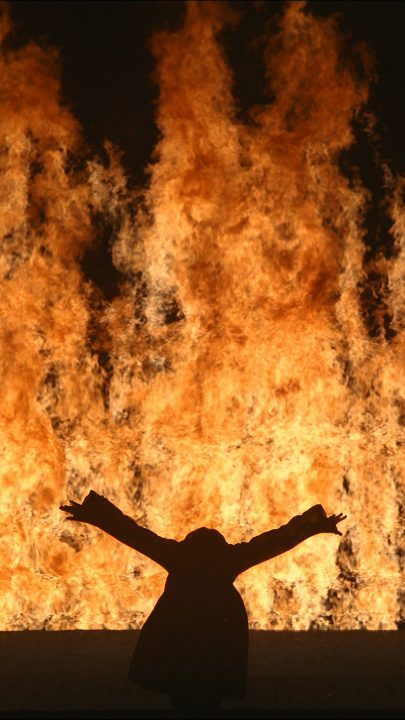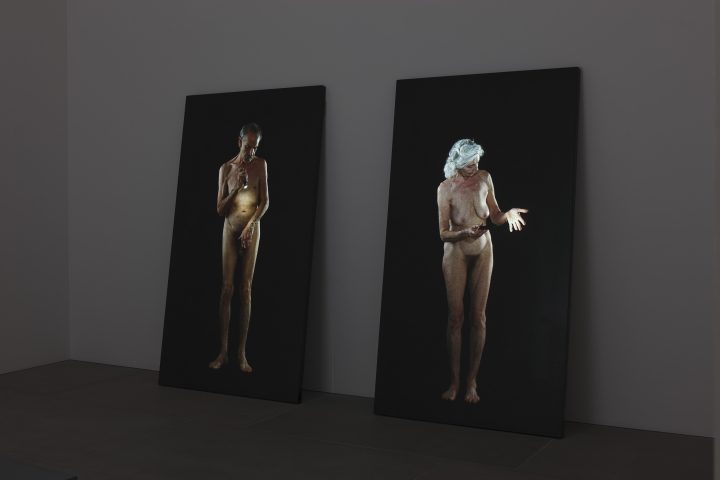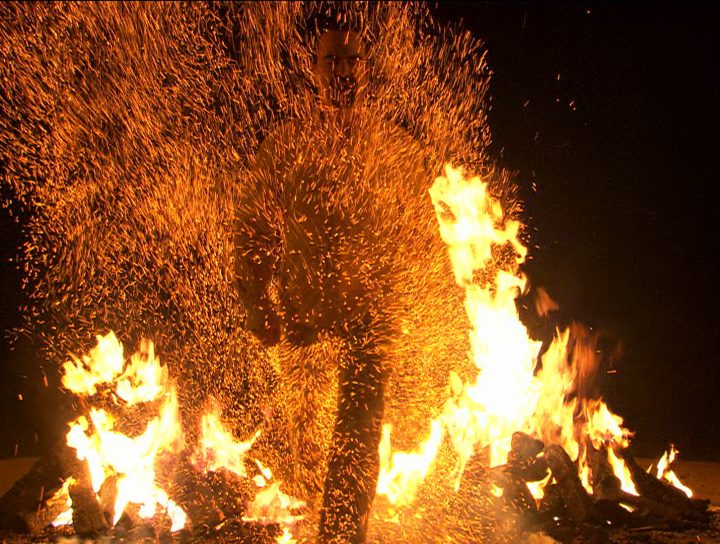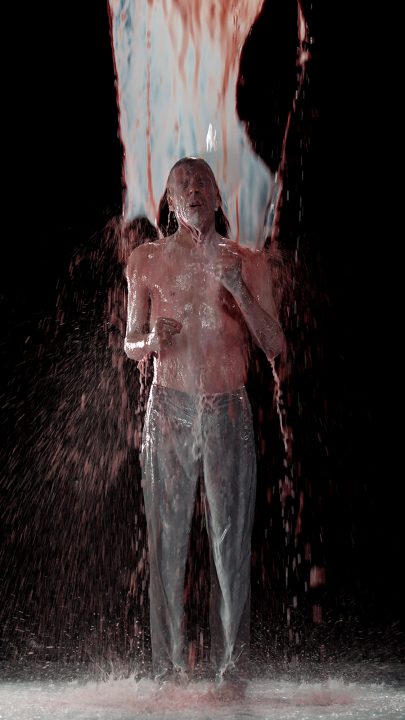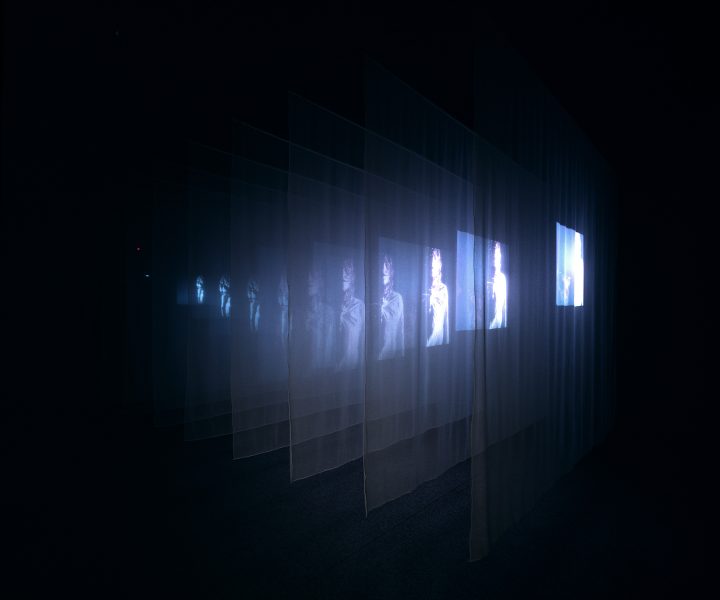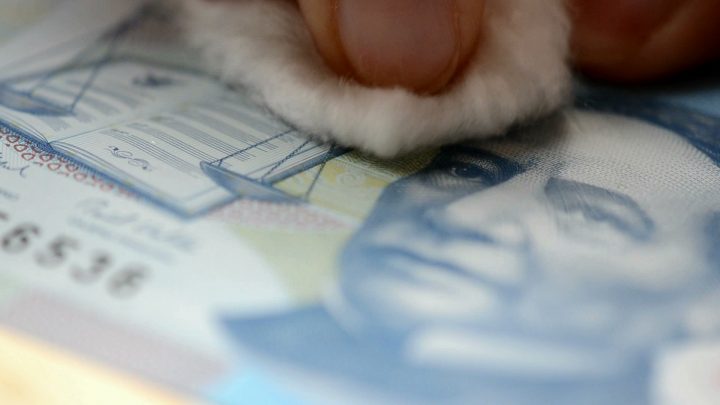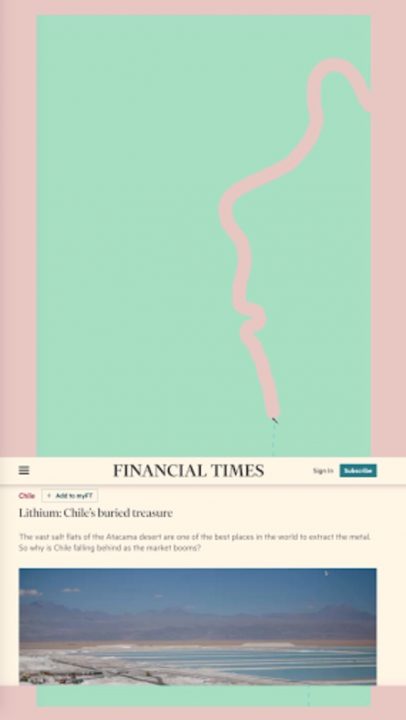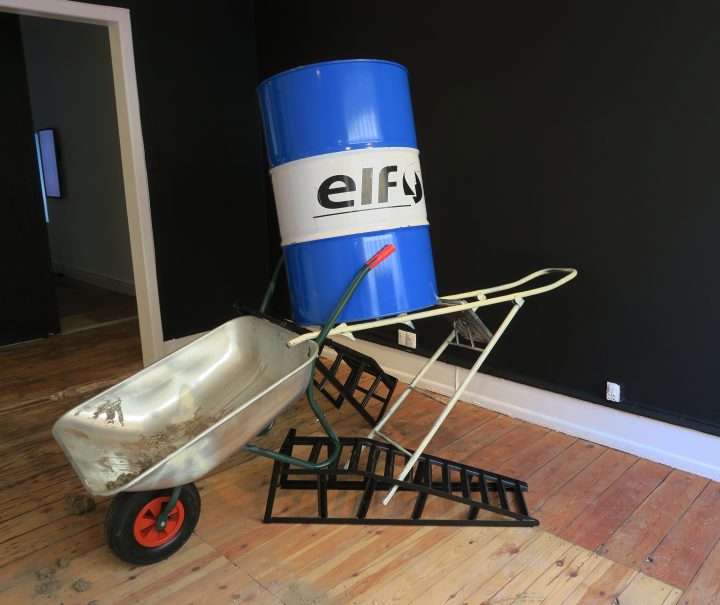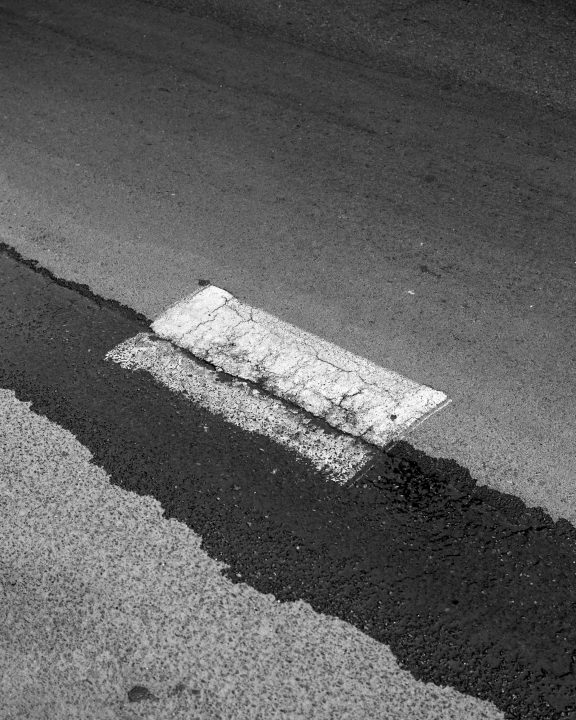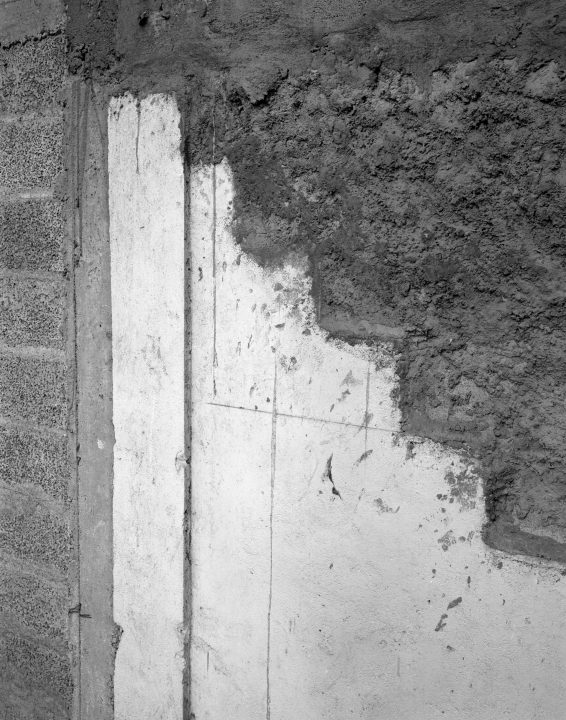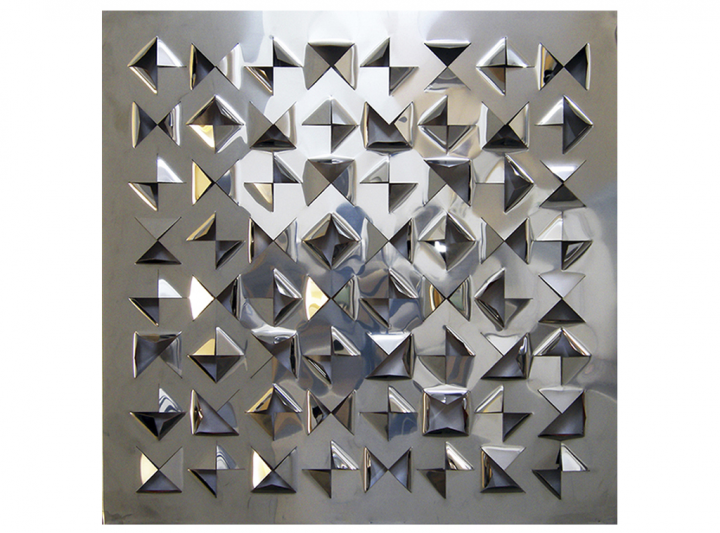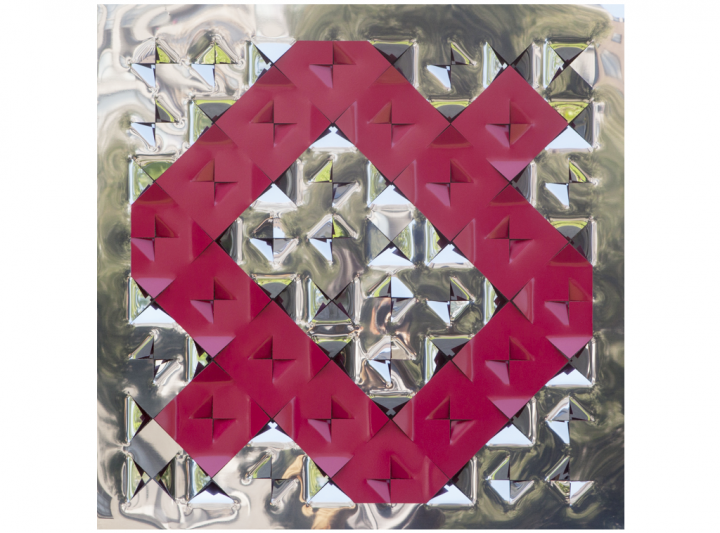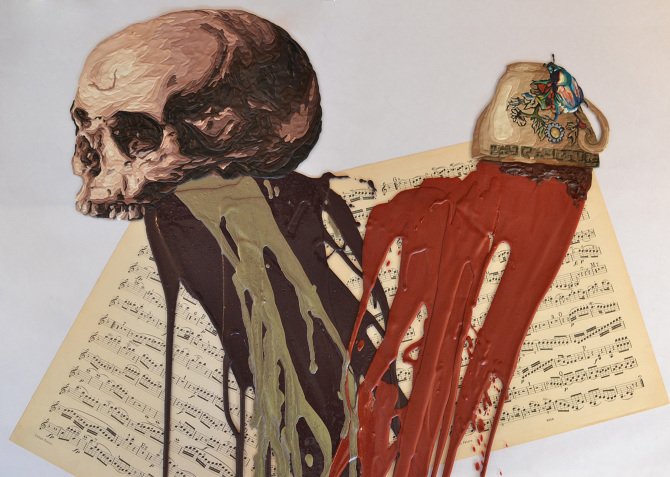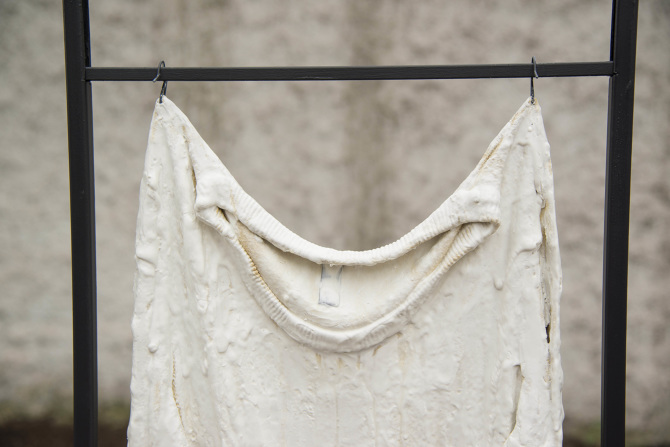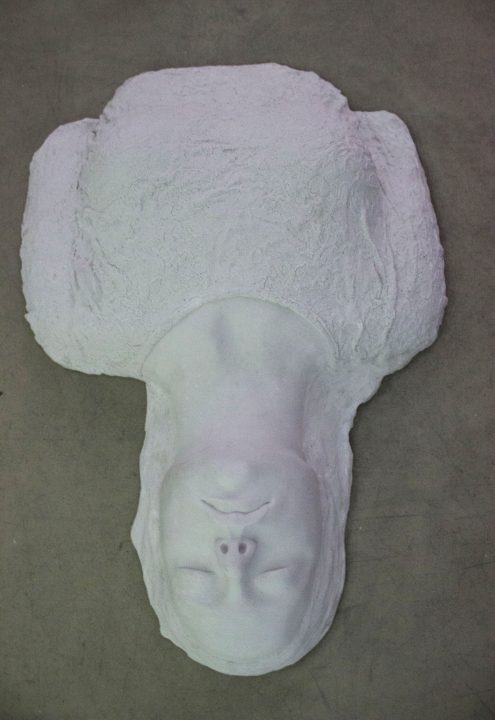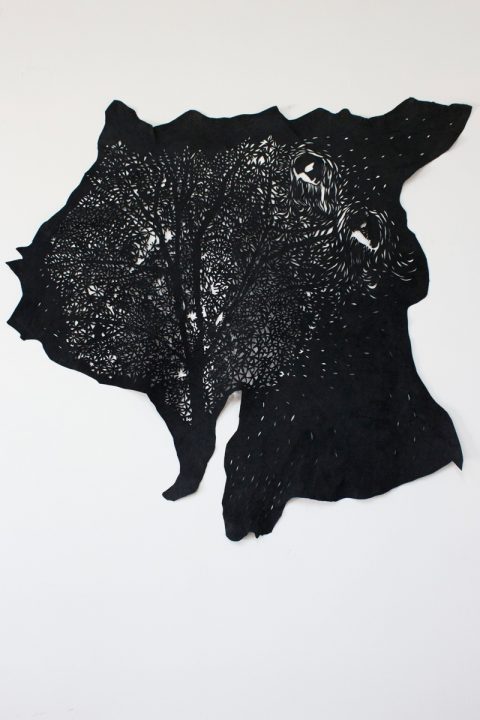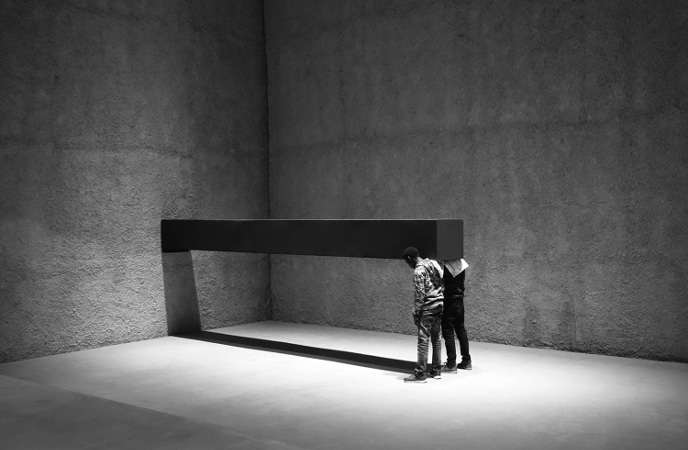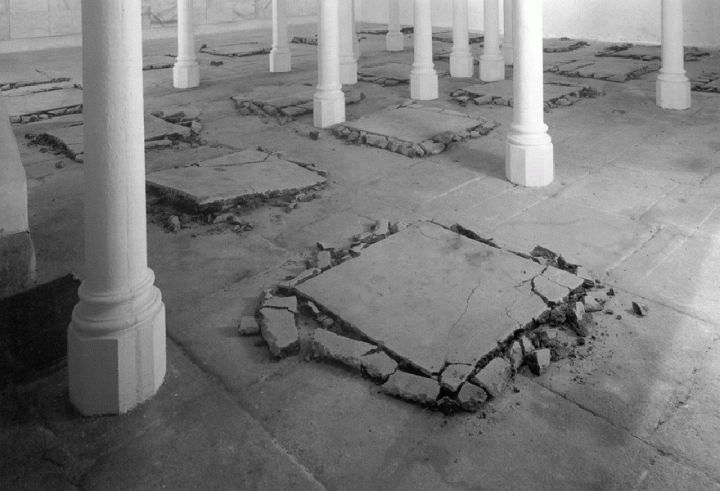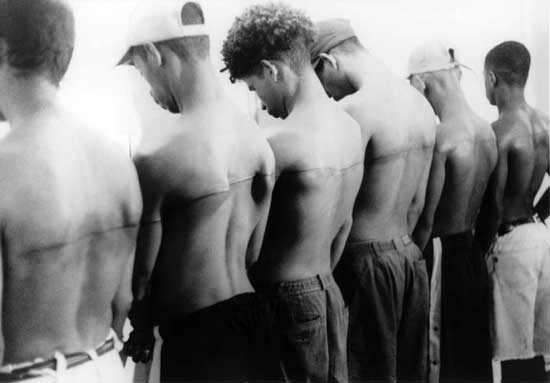The Berlin Biennale for Contemporary Art is pleased to announce the appointment of collaborating curators María Berríos (CL), Renata Cervetto (AR), Lisette Lagnado (BR), and Agustín Pérez Rubio (SP/AR) for its upcoming 11th edition. The members of this intergenerational, female identified team of South-American curators come together in a four-voice constellation to work towards the 11th Berlin Biennale, taking place in the summer of 2020.
The international selection committee for the curatorship of the upcoming Berlin Biennale consisted of Doryun Chong (deputy director and chief curator at M+, Hong Kong), Adrienne Edwards (Engell Speyer Family Curator and Curator of Performance at Whitney Museum of American Art, New York), Reem Fadda (independent curator, Ramallah), Solange O. Farkas (director and curator at Associação Cultural Videobrasil, São Paulo), Omer Fast (artist, Berlin), Krist Gruijthuijsen (director at KW Institute for Contemporary Art, Berlin), and Miguel A. López (co-director and chief curator at TEOR/éTica, San José).
The Kulturstiftung des Bundes (German Federal Cultural Foundation), which has supported the Berlin Biennale since its fourth edition as one of Germany’s “cultural institutions of excellence”, continues its long-term partnership with the Berlin Biennale as the main funder, providing support in the amount of three million euro for the 11th edition.
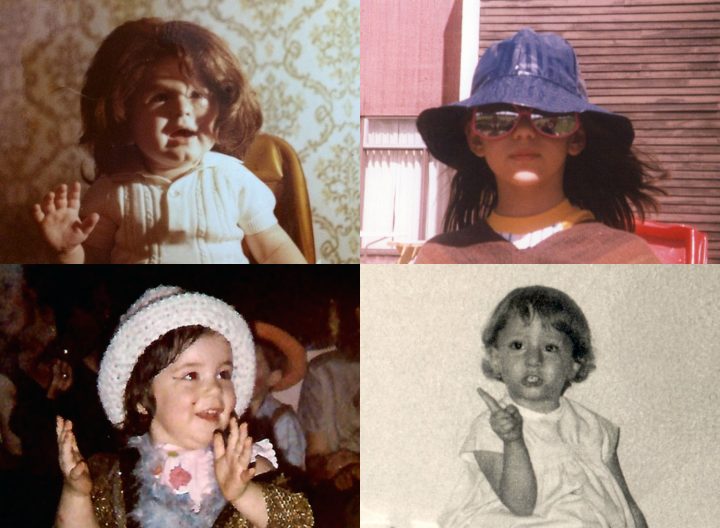
Curators biographies
María Berríos (born 1978 in Santiago de Chile) is a sociologist, writer, independent curator, and co-founder of the Chilean editorial collective VATICANOCHICO. Her work traverses art, culture, and politics with a special interest in the collective experiments of the Third World movement and their exhibition formats in the 1960s and 70s. She teaches and lectures regularly in Europe and Latin America and has published extensively on art and politics in Latin America and beyond. Among other projects, Berríos curated with Lisette Lagnado Drifts and Derivations. Experiences, journeys and morphologies on experimental architectural collectives from Chile (Museo Nacional Centro de Arte Reina Sofía, Madrid, 2010), and curated Nuestro desconocido, nuestro caos, nuestro mar (Museo Experimental el Eco, Mexico City, 2014), and Alberto Cruz: El cuerpo del arquitecto no es el de un solo hombre (together with Amalia Cross, MAVI – Museo de Artes Visuales, Santiago de Chile, 2017). Berríos has been engaged in several collaborative art projects, including The Revolution Must Be a School of Unfettered Thought (together with artist Jakob Jakobsen for the 31st Bienal de São Paulo, 2014). She is an ongoing collaborator of the Hospital Prison University Archive (Copenhagen, 2016–to date), a project space and radio station run by artist Jakob Jakobsen in the building where he and Berríos live together with their three-year-old son Teo, who believes he is a ninja.
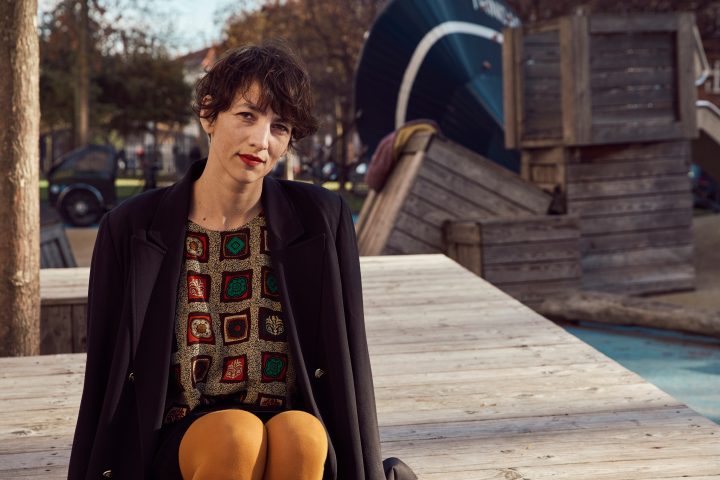
María Berríos
Photography by Nikolaj Thaning Rentzmann
Renata Cervetto (born 1985 in Buenos Aires) has an ongoing curiosity for artistic practices in dialogue with language, public space, and body memories. She has researched the pedagogical programs of the Mercosul and São Paulo biennials, looking into how performance can result in critical mediation and the possibilities for negotiation and debate that this offers within different contexts. In 2013–14 Cervetto participated in the De Appel Curatorial Programme in Amsterdam, followed by a fellowship to develop a one-year public program at De Appel in 2014. This also included a compilation of her research in The Fellow Reader #1. On Boycott, Censorship and Educational Practices (De Appel, 2015). From 2015–18 she coordinated the education department of the Museo de Arte Latinoamericano de Buenos Aires (MALBA). Cervetto coedited the publicationAgítese antes de usar. Desplazamientos educativos, sociales y artísticos en América Latina (TEOR/éTica, San José, and MALBA, Buenos Aires, 2017, with texts by Lisette Lagnado, among others) together with Miguel A. López. In recent years, she has been exploring how consciousness (or self-awareness) can be developed through pedagogical-poetic exercises.
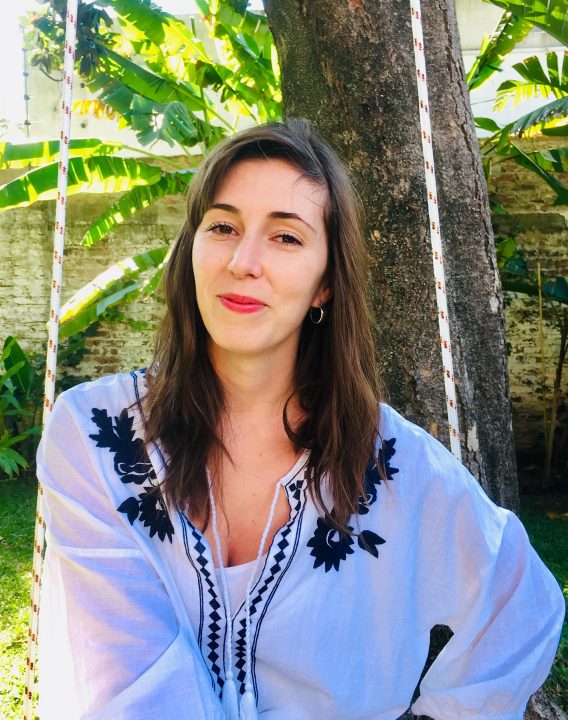
Portrait of Renata Cervetto is courtesy of BB11
Photography by Pedro Agilson
Lisette Lagnado (born 1961 in Kinshasa) is a researcher, art critic, and independent curator interested in strategies for collaborating with sociologists and architects in public space. As a young child, she never understood why people lived on the streets and spent her time speaking with them. She was chief curator of the 27th Bienal de São Paulo How to Live Together (2006) and curated Drifts and Derivations: Experiences, journeys and morphologies together with María Berríos (Museo Nacional Centro de Arte Reina Sofía, Madrid, 2010). Recent projects of her include Rivane Neuenschwander: The Name of Fear | Rio de Janeiro (Museu de Arte do Rio (MAR), Rio de Janeiro, 2017) and León Ferrari, For a World with No Hell (Galeria Nara Roesler, São Paulo and New York, 2018). In 2014 Lagnado became director and Curator of Public Programs of the Escola de Artes Visuais do Parque Lage in Rio de Janeiro, a position held until 2017. Lagnado was coeditor of the magazines Arte em São Paulo (1981–89) andTrópico (2001–11) and contributed to exhibition catalogues on Arthur Bispo do Rosario, Dominique Gonzalez-Foerster, Laura Lima, Gordon Matta-Clark, Virginia de Medeiros, Cildo Meireles, Ahlam Shibli, Tunga, and Bárbara Wagner & Benjamin de Burca, among others. In 1993, together with friends and family of the artist José Leonilson, she established the São Paulo-based Projeto Leonilson , which oversees his estate; she also curated his first retrospective Leonilson: são tantas as verdades (Galeria de Arte do SESI, São Paulo, 1995). Lagnado coordinated the Programa Hélio Oiticica , an online archive of Hélio Oiticica’s writings (Instituto Itaú Cultural, 1999–2002). Lagnado is currently a member of the Associação Cultural Videobrasil, São Paulo.
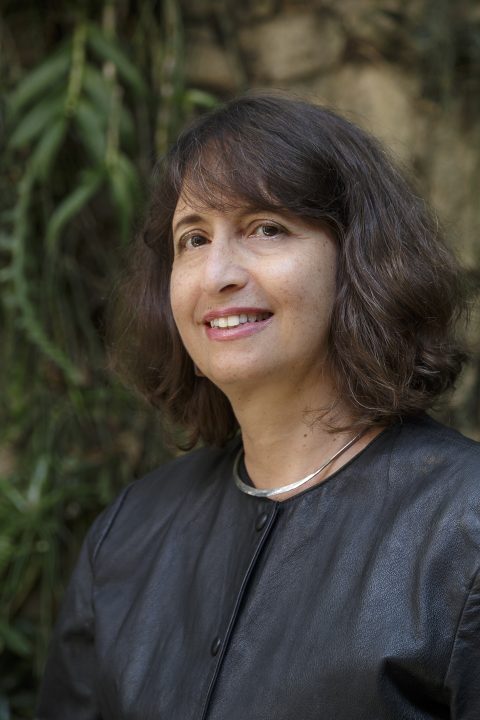
Portrait of Lisette Lagnado is courtesy of BB11
Photography by Pedro Agilson
Agustin Pérez Rubio (born 1972 in Valencia) has a curatorial and institutional practice relating to collaborative projects, gender and feminist issues, linguistics, architecture, politics, and postcolonial perspectives. In his early childhood he was fascinated by his mother’s makeup, wigs, and dresses. He was artistic director of Museo de Arte Latinoamericano de Buenos Aires (MALBA, 2014–18) and chief curator and director of Museo de Arte Contemporáneo de Castilla y León (MUSAC, 2003–13). Pérez Rubio curated numerous monographic exhibitions by Dora García (Vibraciones , MUSAC, 2004), Tobias Rehberger (I Die Every Day. 1 Cor. 15,31, Museo Nacional Centro de Arte Reina Sofía, Madrid, 2005), Julie Mehretu (Black City, MUSAC, 2006), Elmgreen & Dragset (Trying to Remember What We Once Wanted to Forget, MUSAC, 2009), Superflex (Working Title: A Retrospective Curated by XXXXXXX, Kunsthal Charlottenborg, Copenhagen, 2013), Rosângela Rennó (Everything that doesn’t show in the images, Centro Atlántico de Arte Moderno – CAAM, Las Palmas de Gran Canaria, 2014), General Idea (Broken Time, Museo Jumex, Mexico City, 2015), Claudia Andujar (Marcados, MALBA, 2016), and Mirtha Dermisache (Because I write!, MALBA, 2017). He has also curated group shows including Primer Proforma 2010. Badiola Euba Prego. 30 exercises 40 days 8 hours a day (MUSAC, 2010), Unerasable Memories (Sesc Pompeia, São Paulo, 2014), and Infinite Experience (MALBA, 2014). Pérez Rubio was recently appointed curator of the Chilean Pavilion for the Biennale di Venezia in 2019 where he will present the work of artist Voluspa Jarpa. He is currently a board member of CIMAM and member of the Istanbul Biennial advisory board.
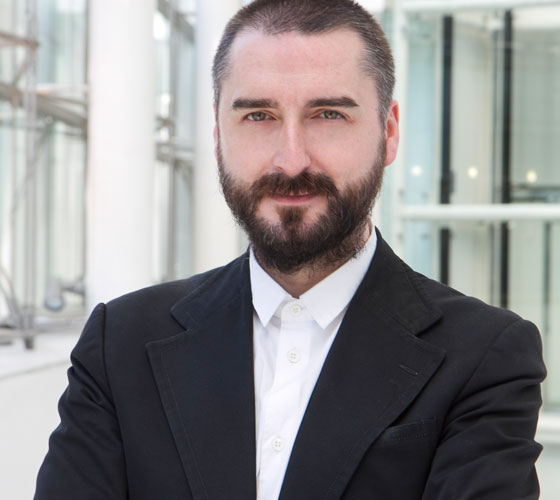

 Español
Español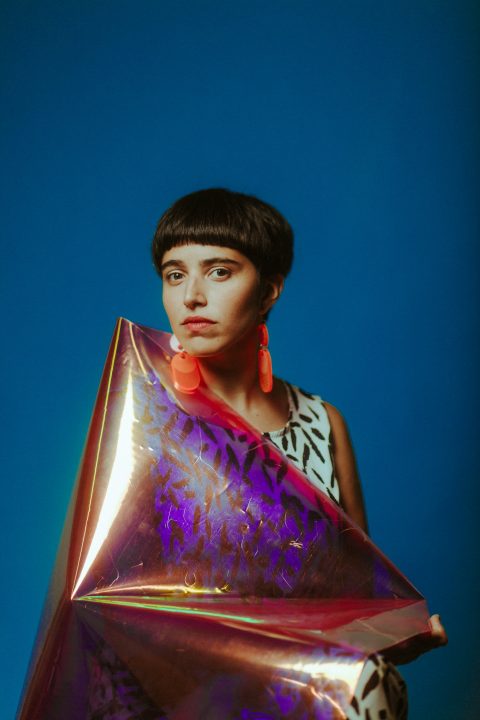
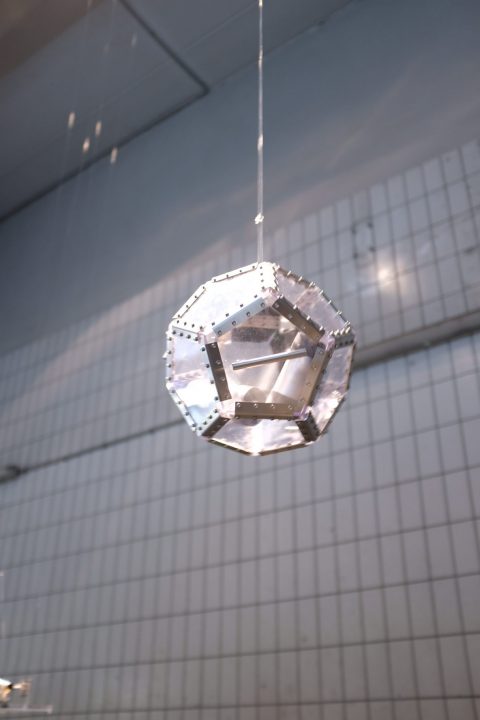
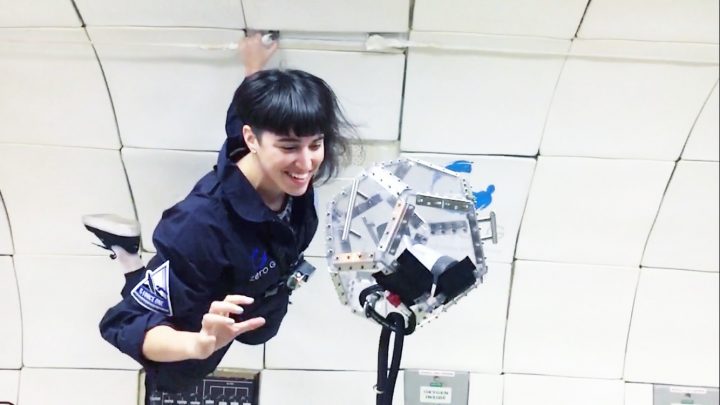
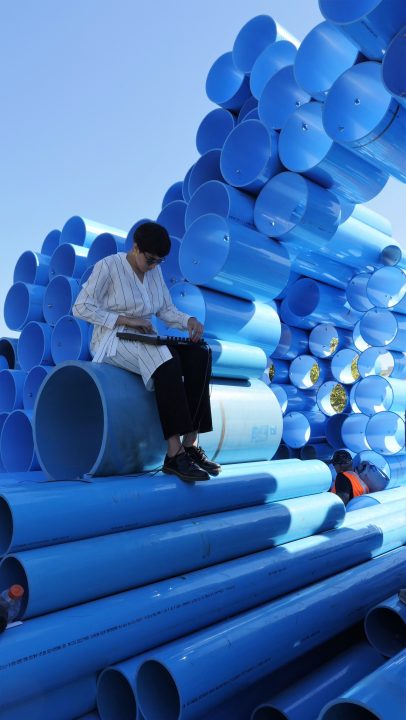
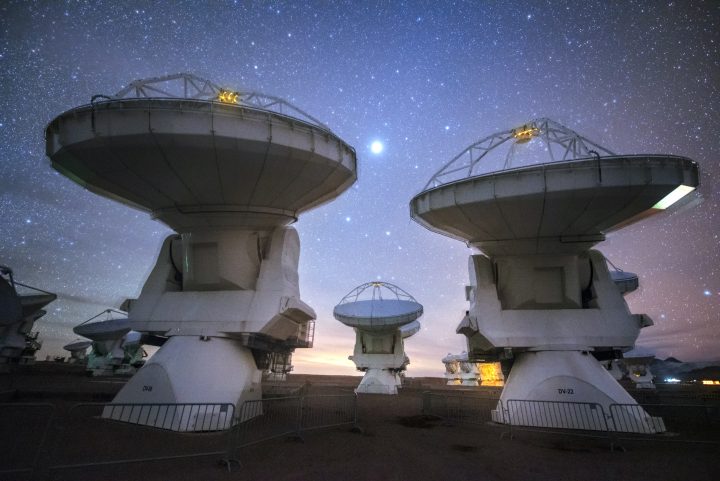
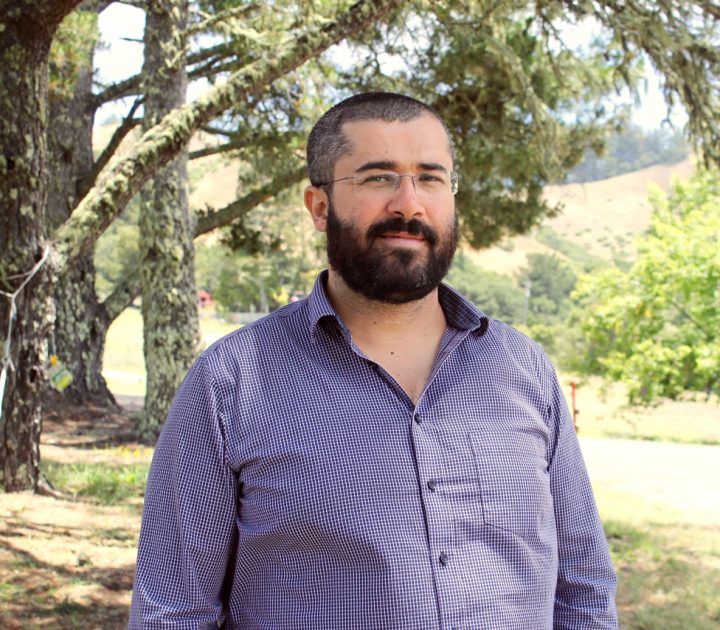
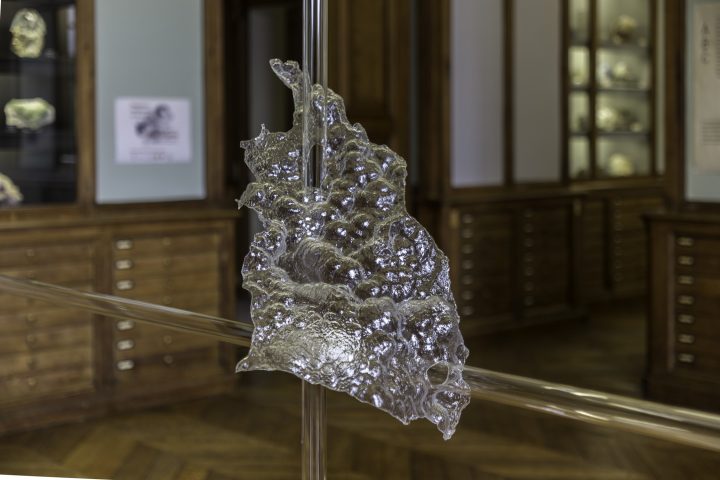
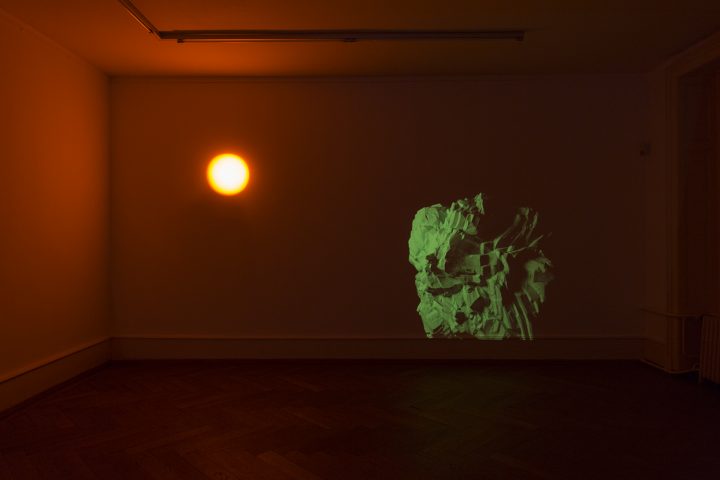
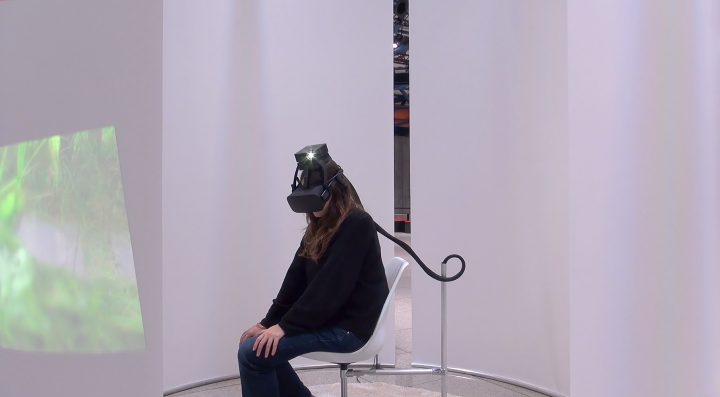
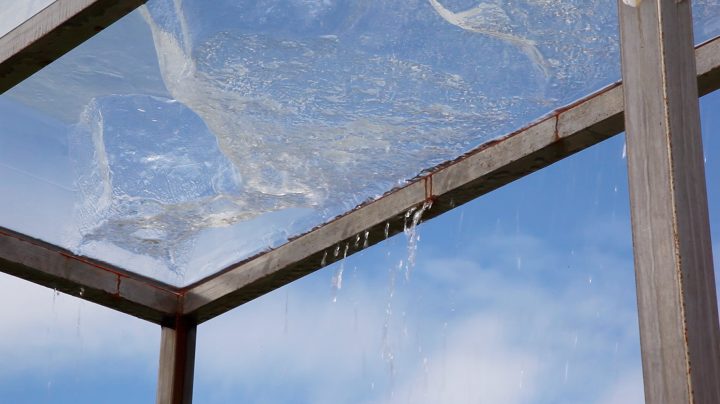
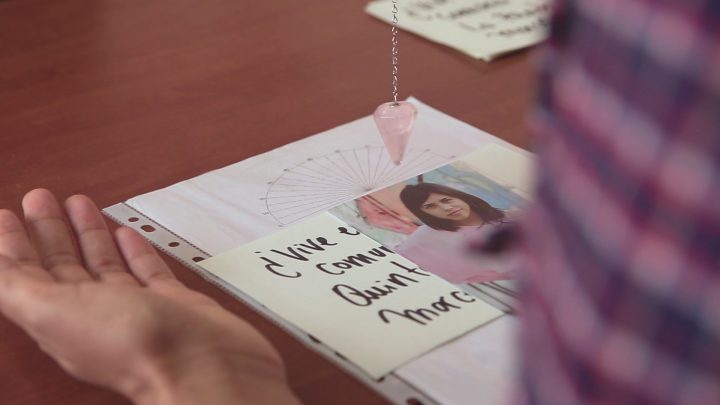
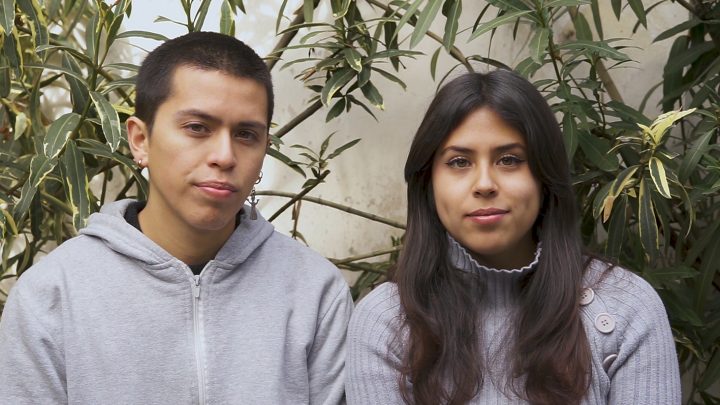
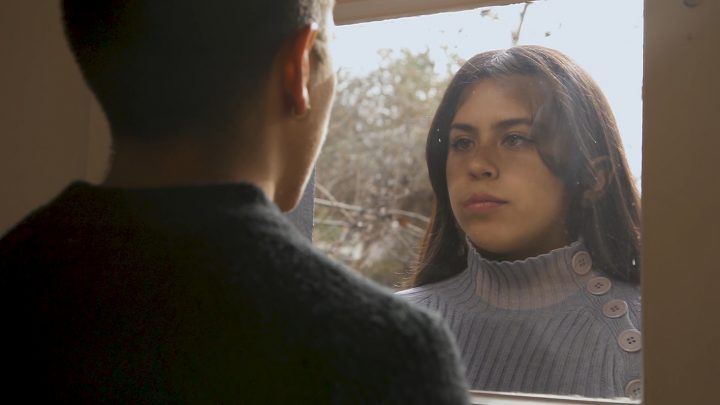
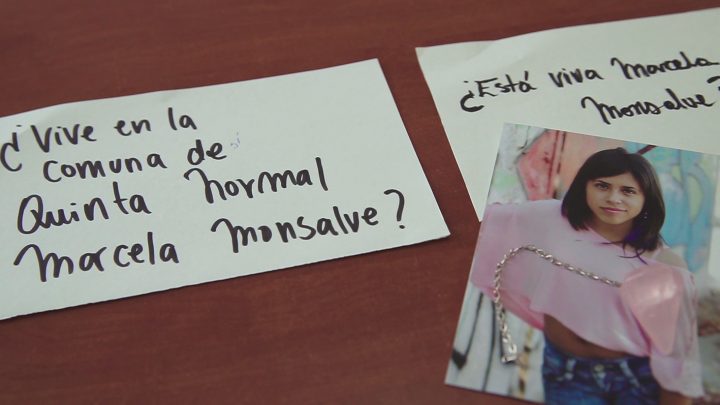
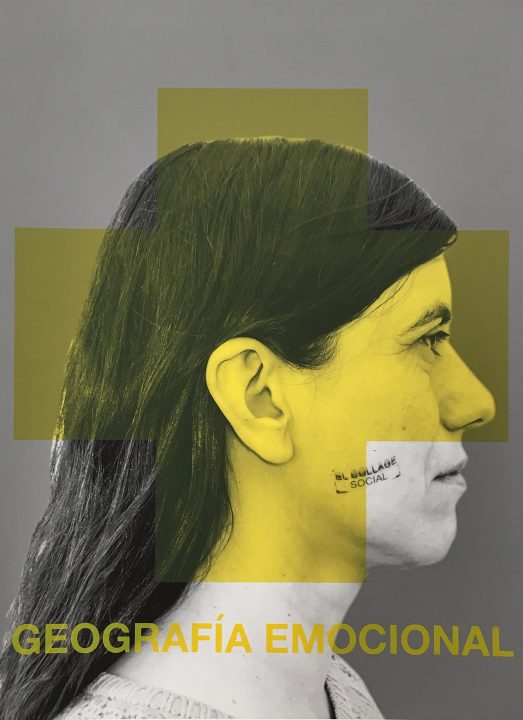
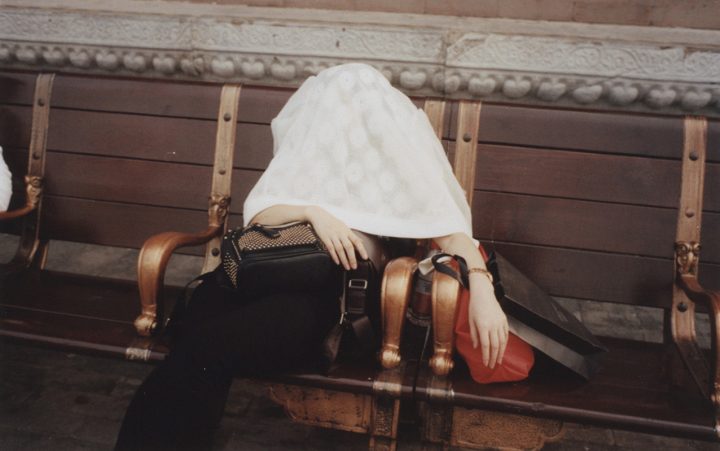
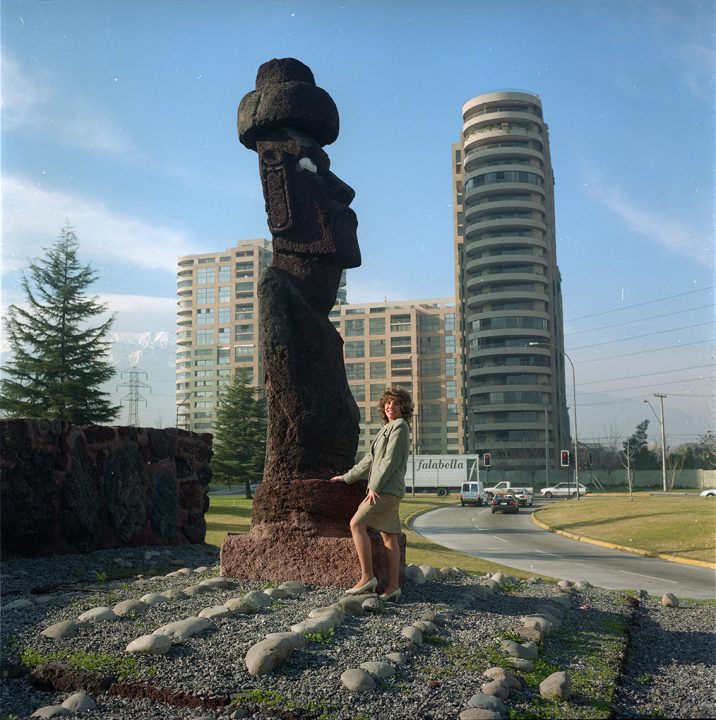
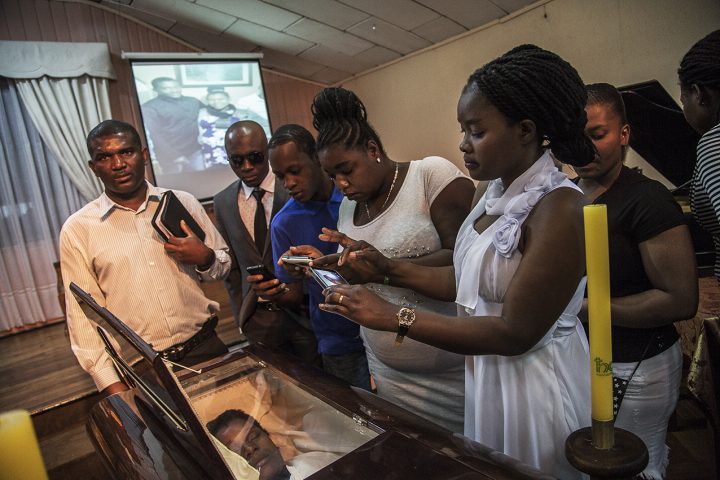
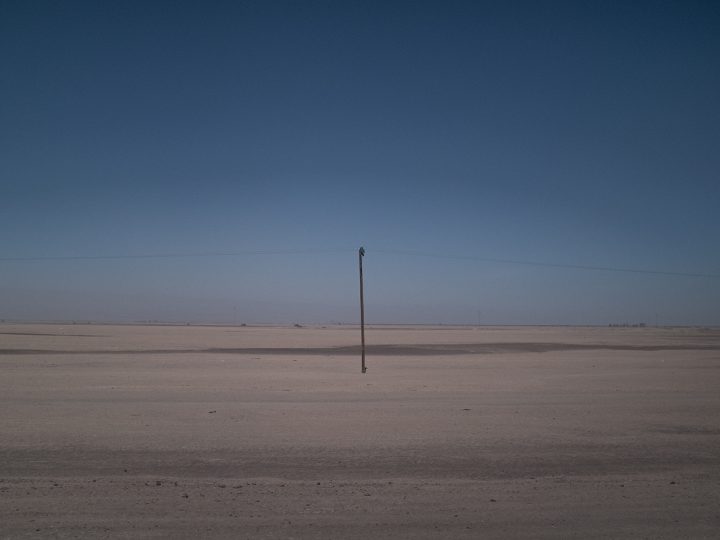
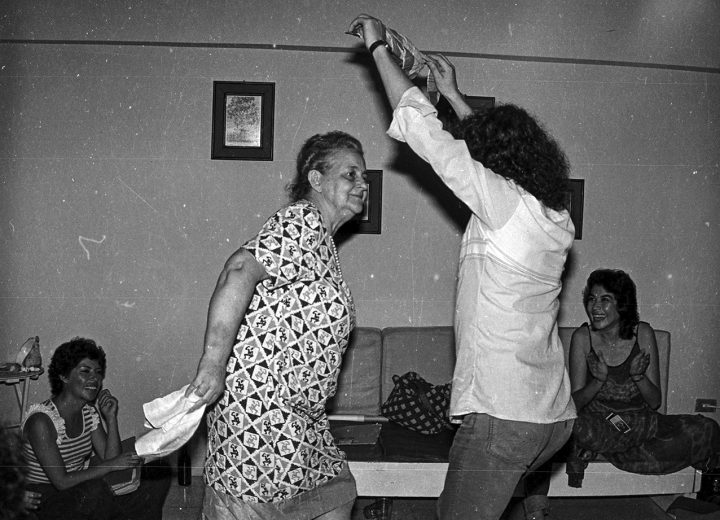
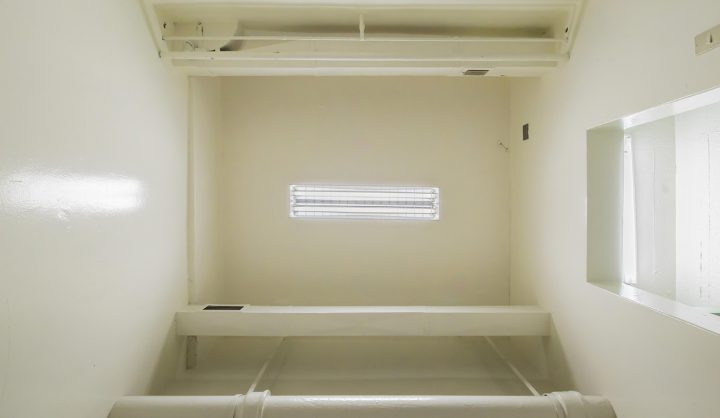
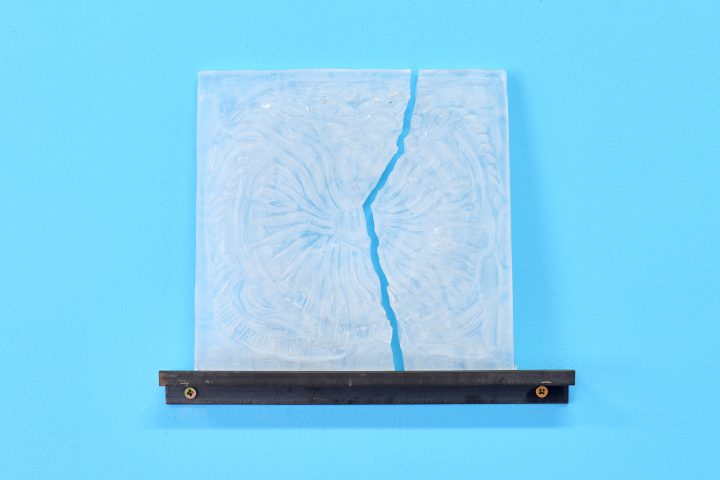
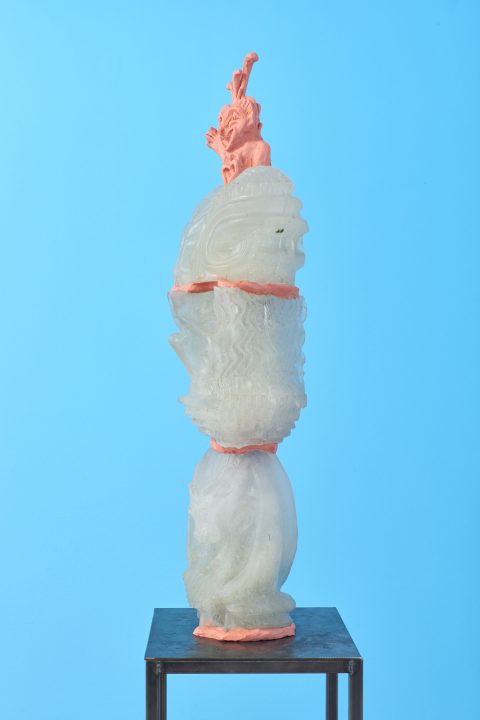
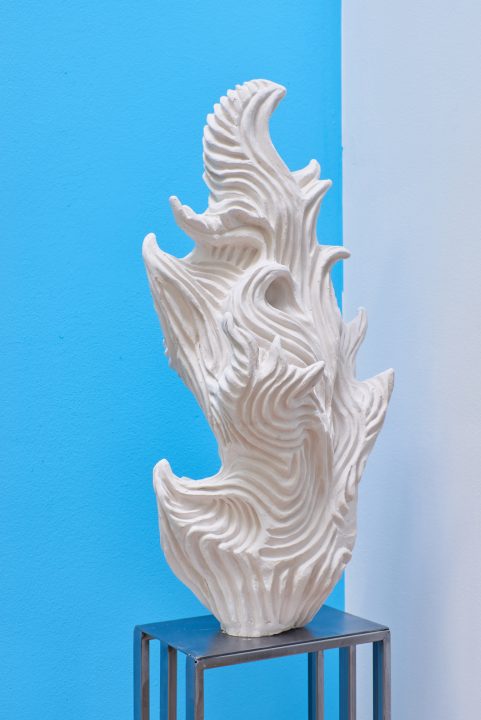
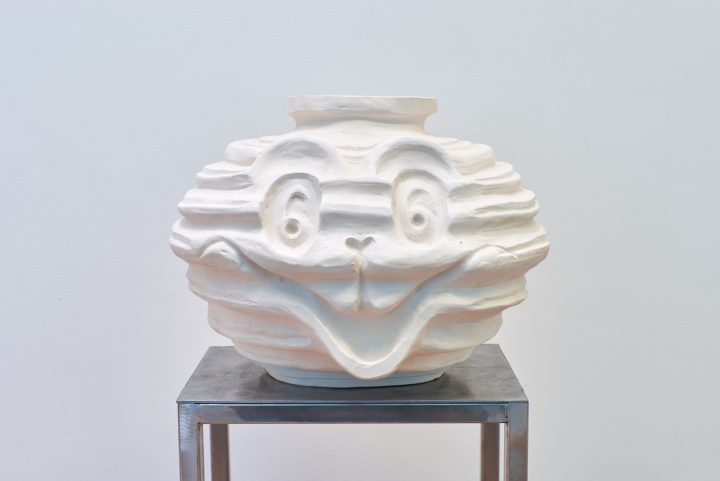
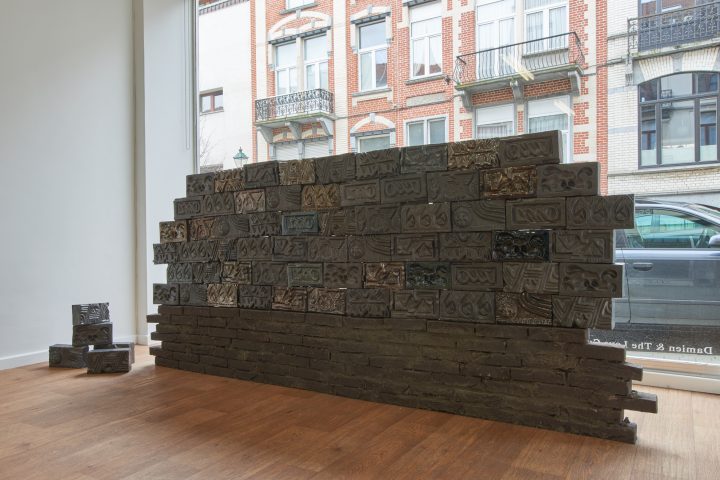
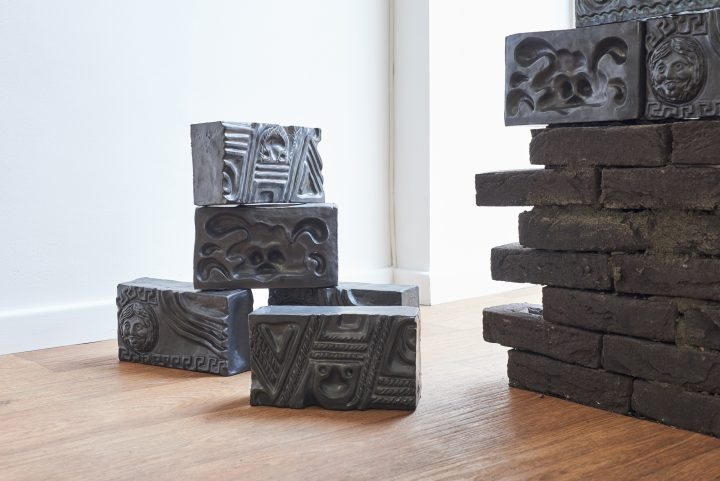
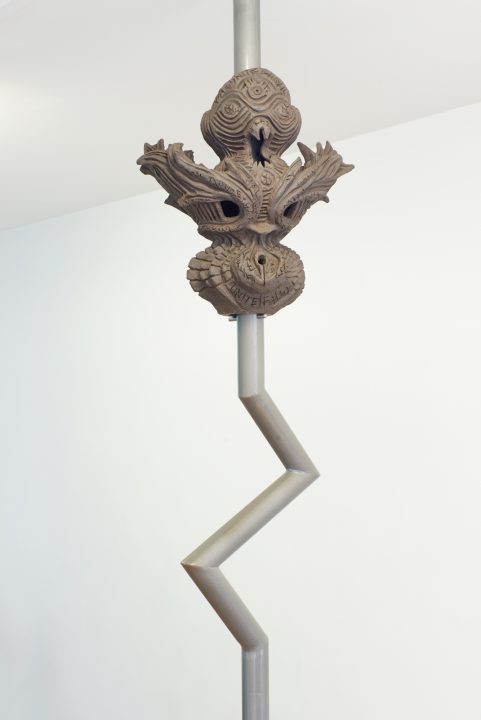
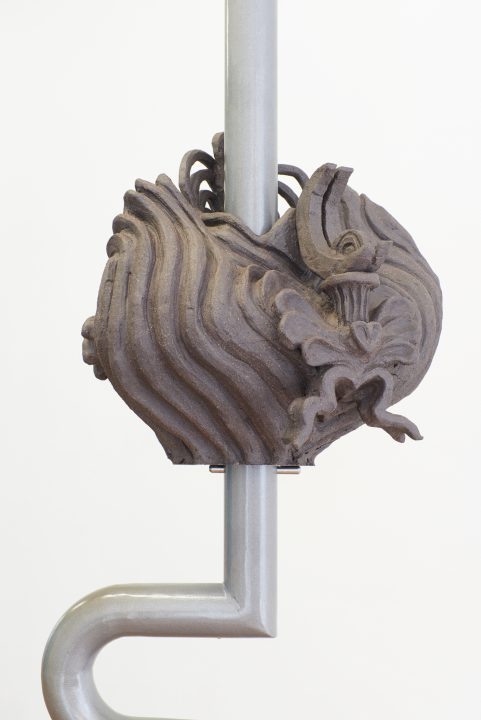
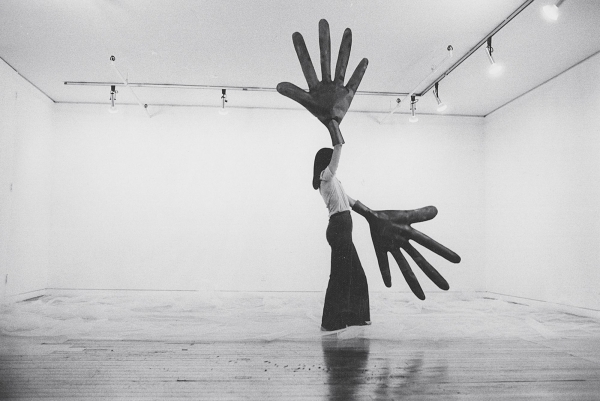

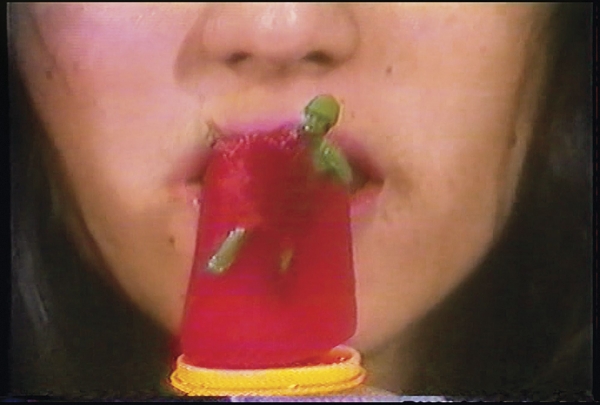
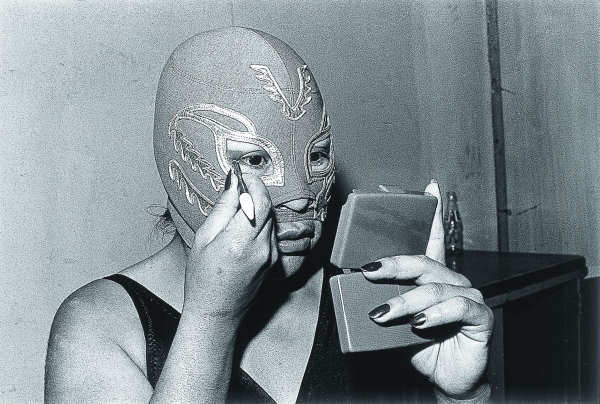
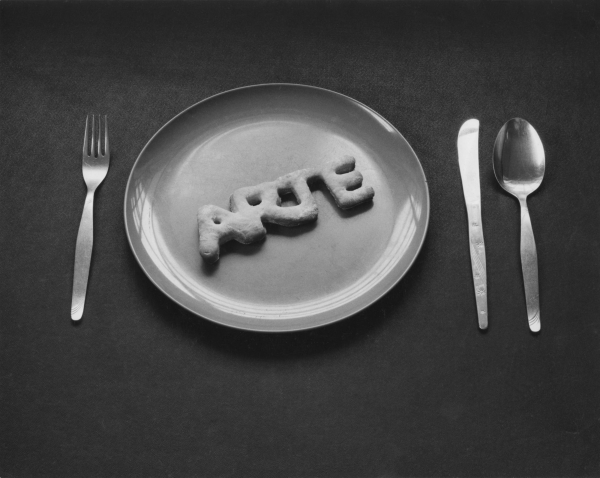
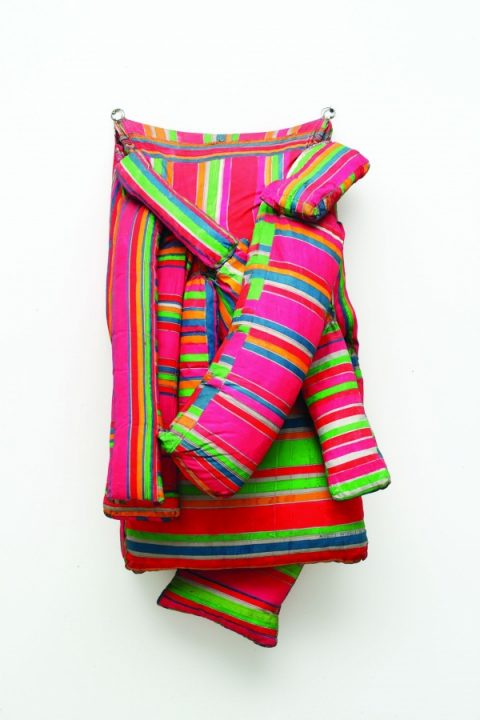

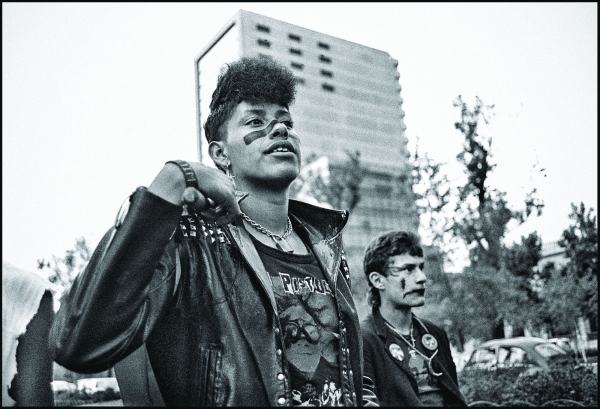
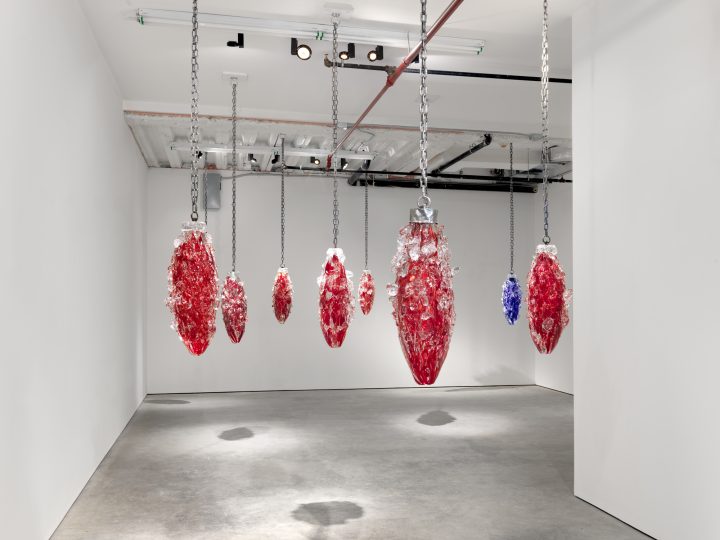
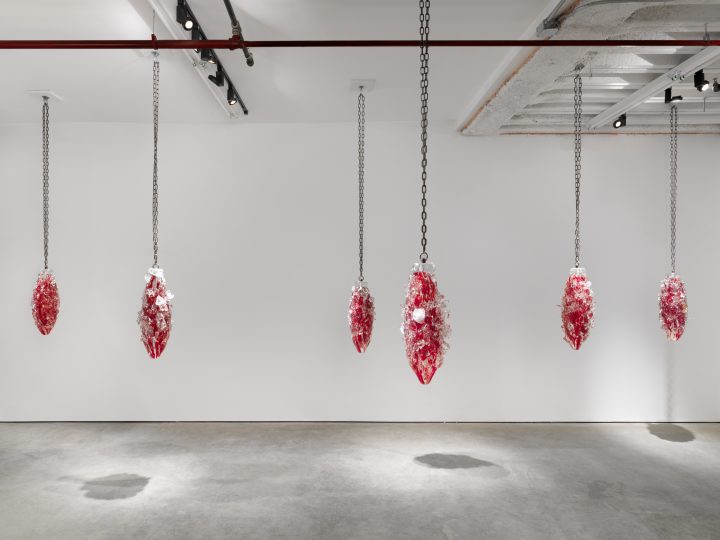
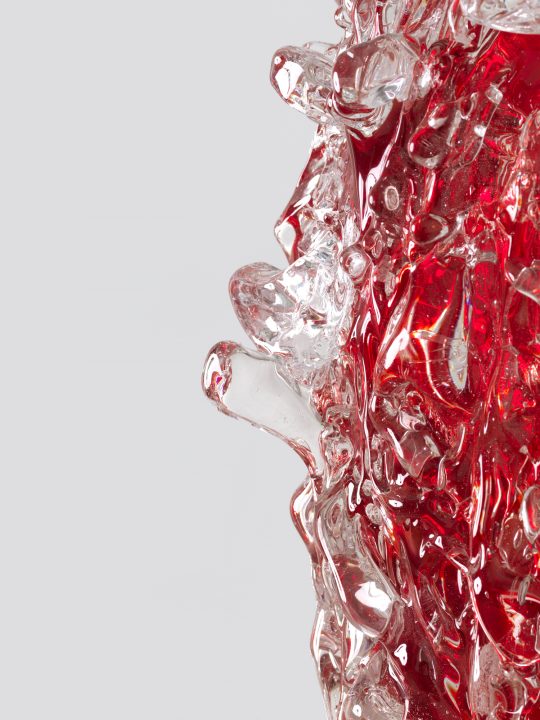
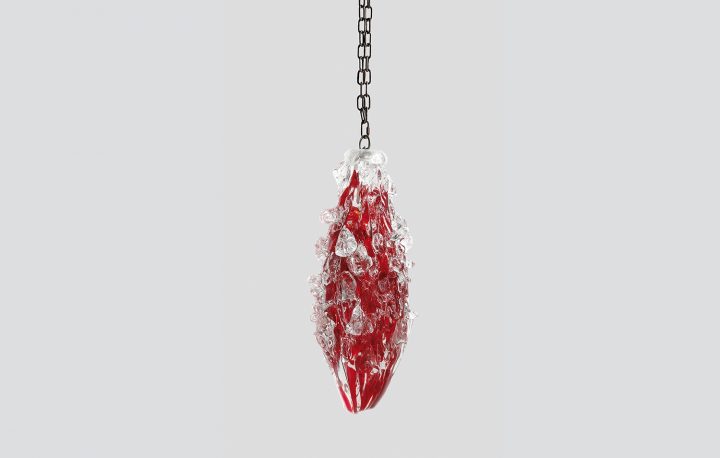
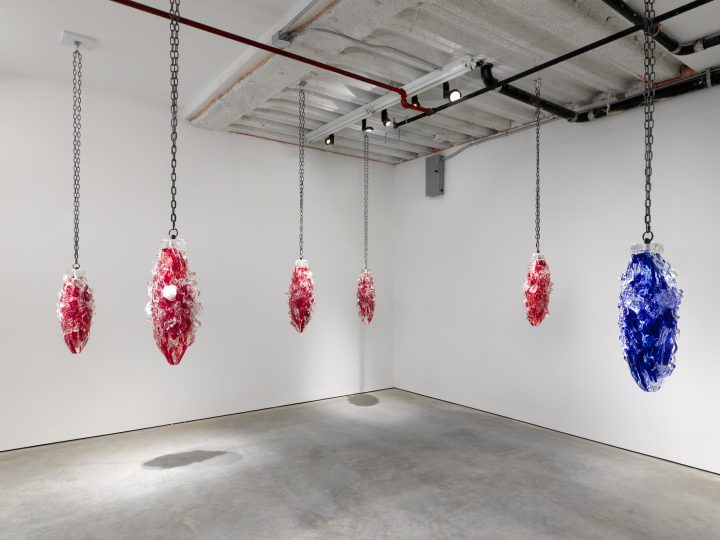
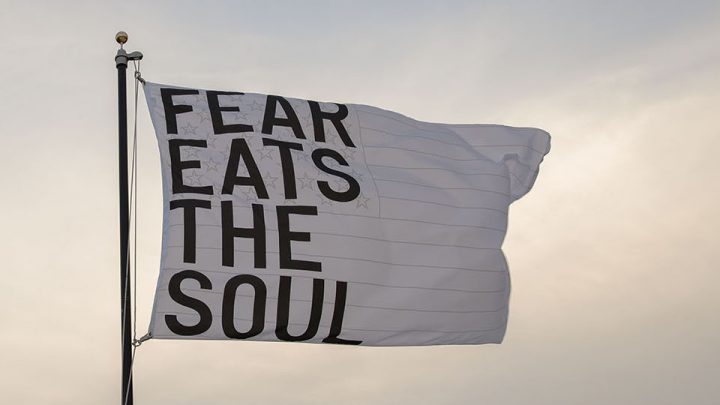
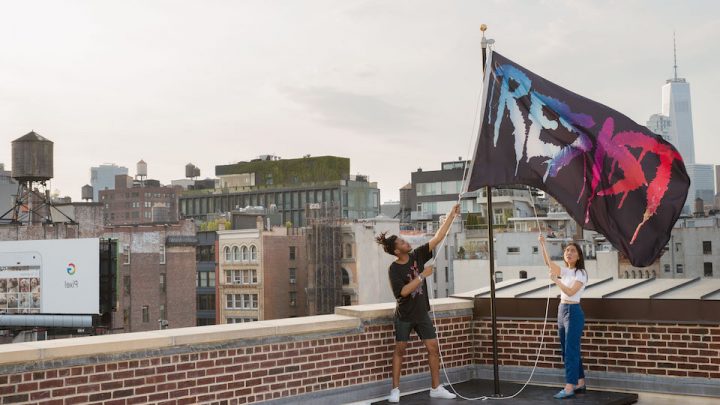
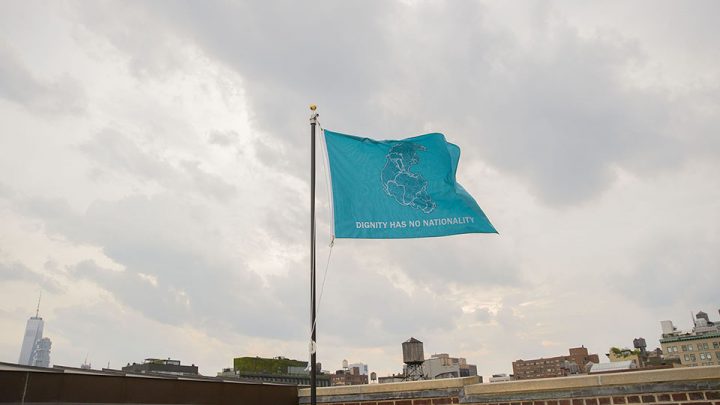
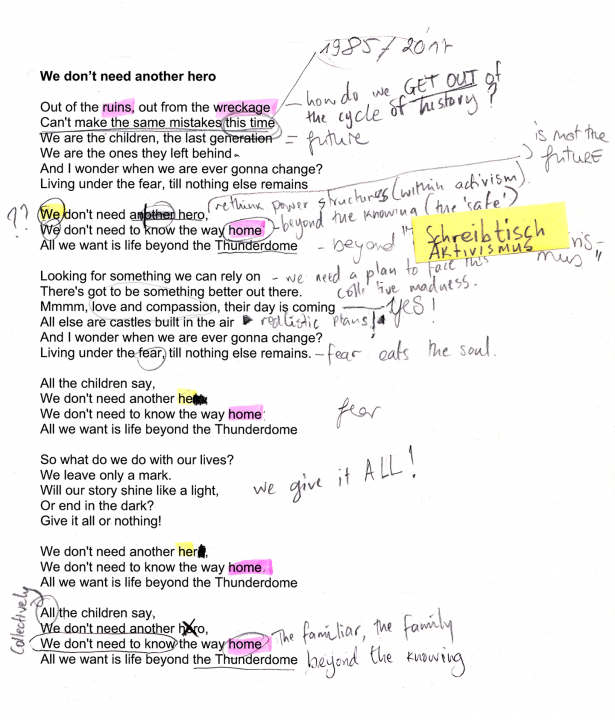
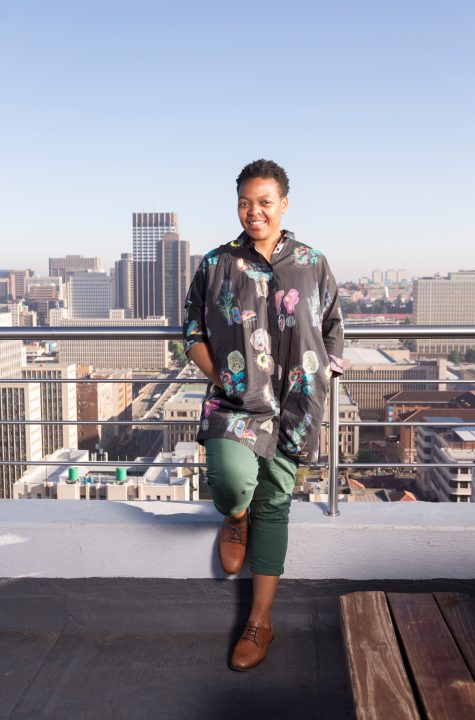
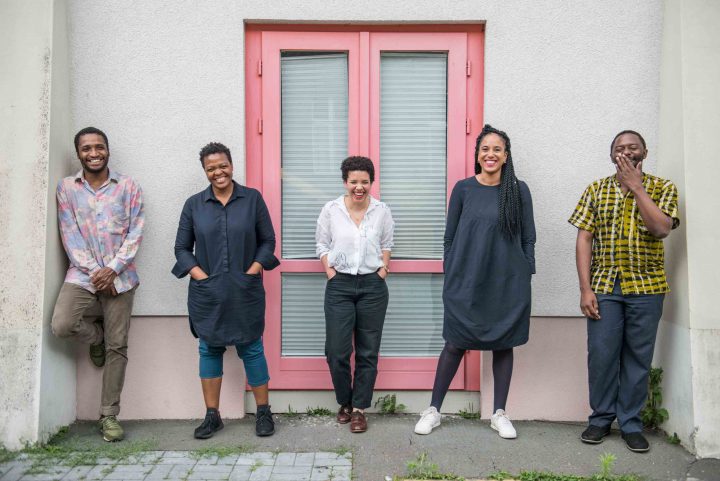
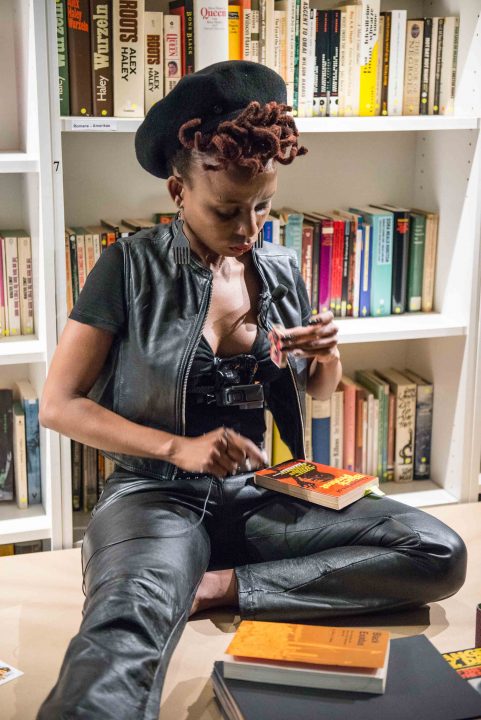
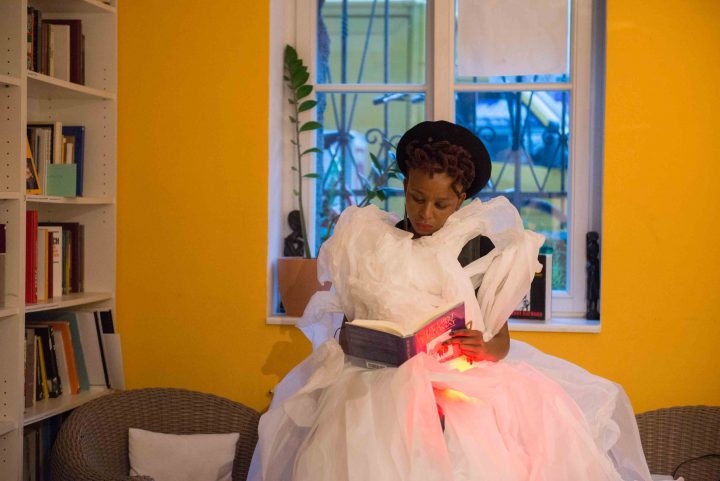
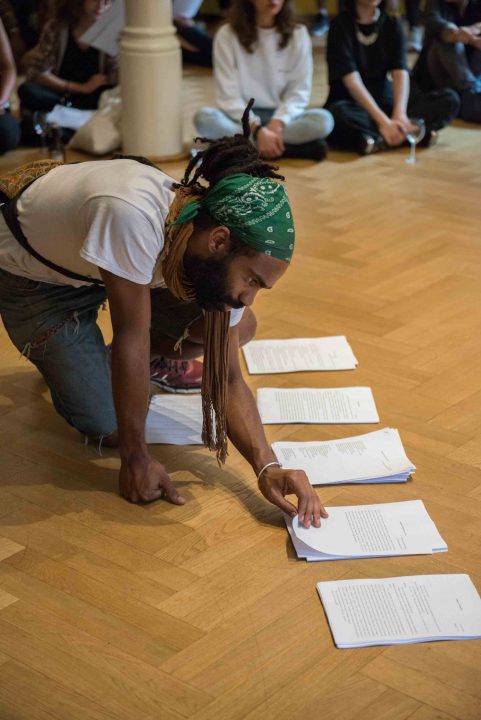
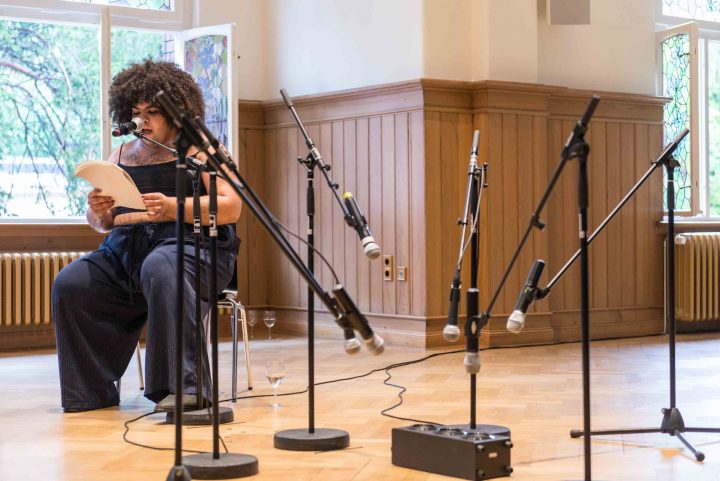
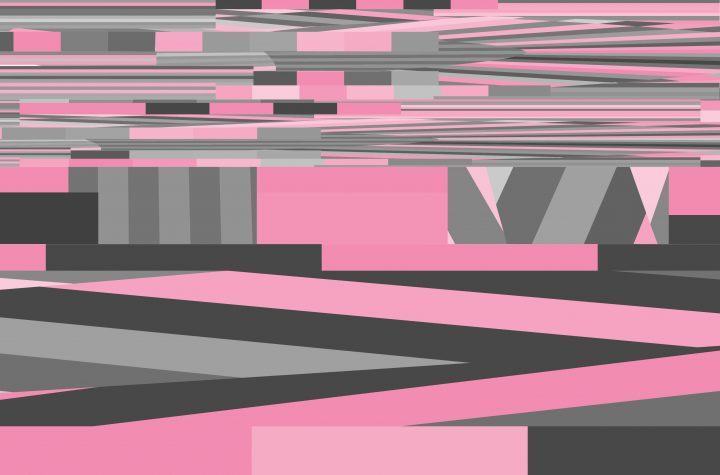
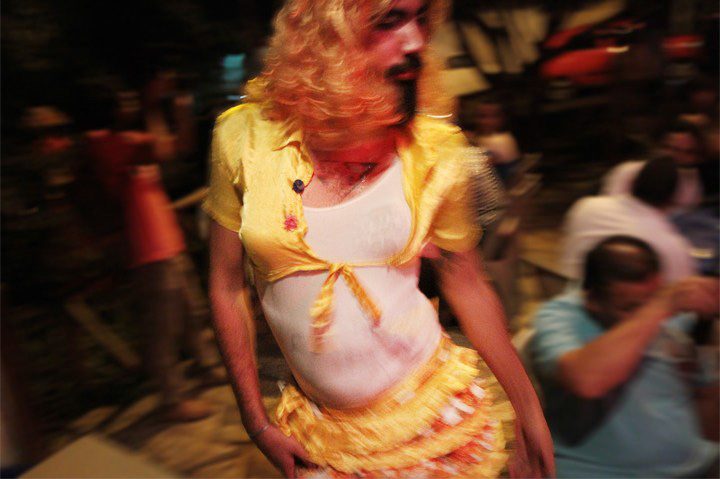
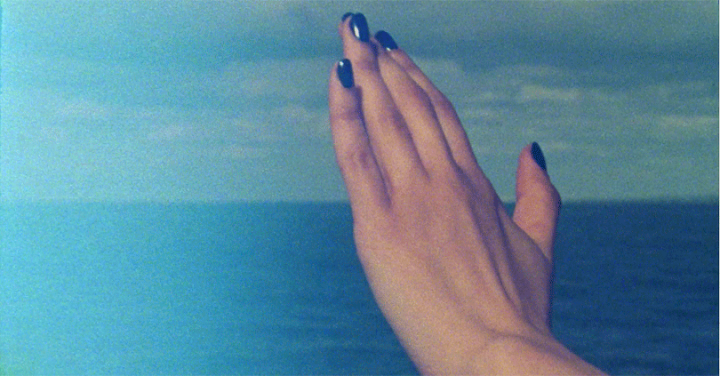
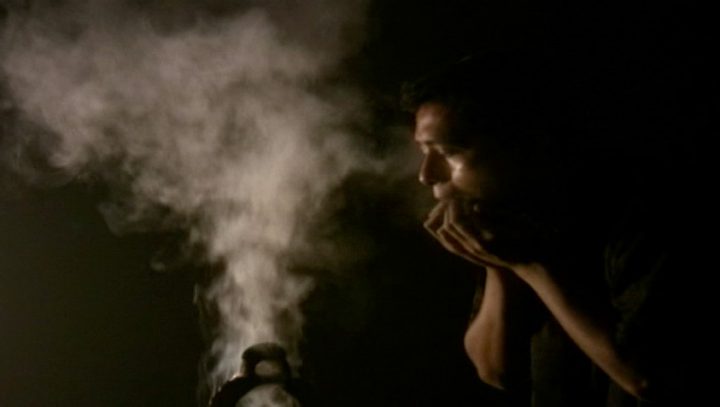
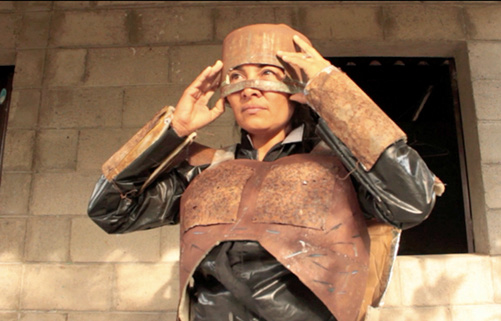
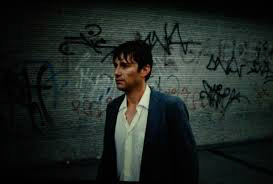
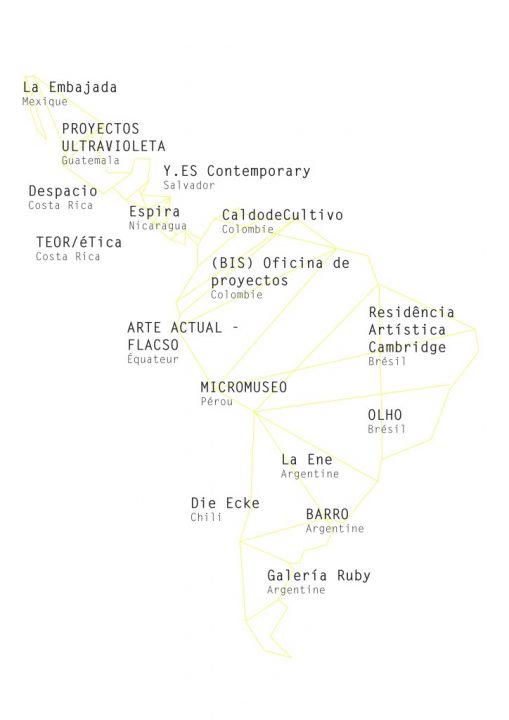
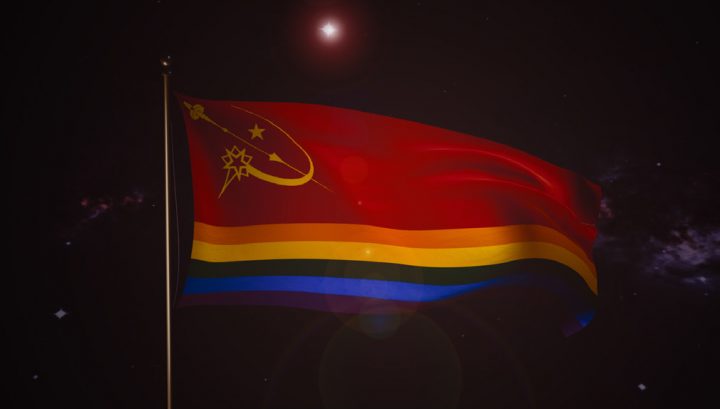

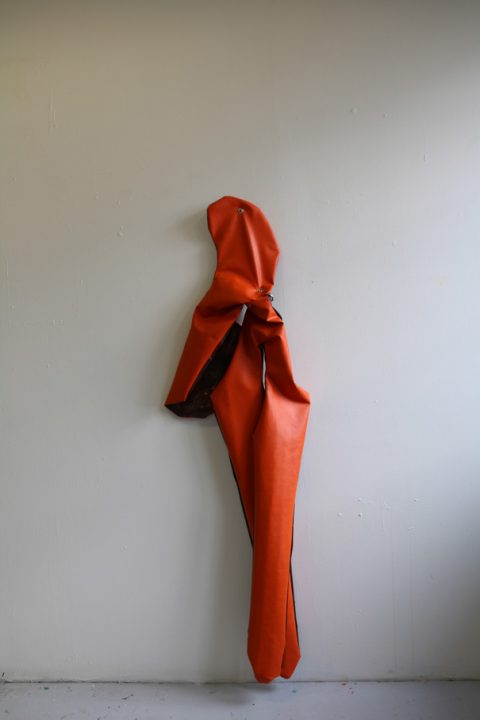

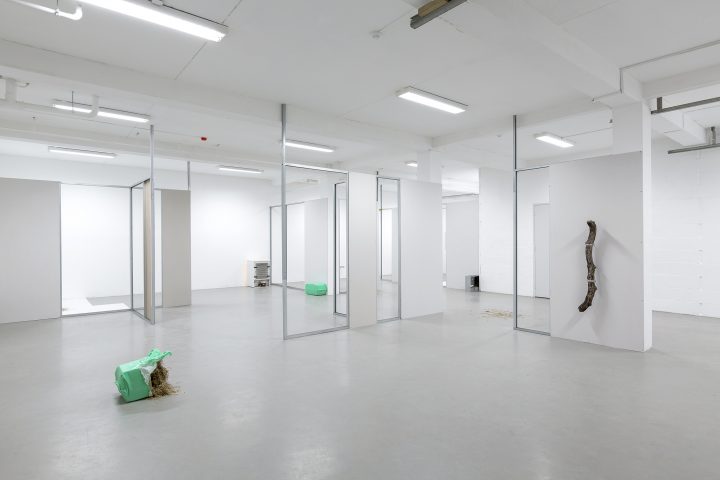
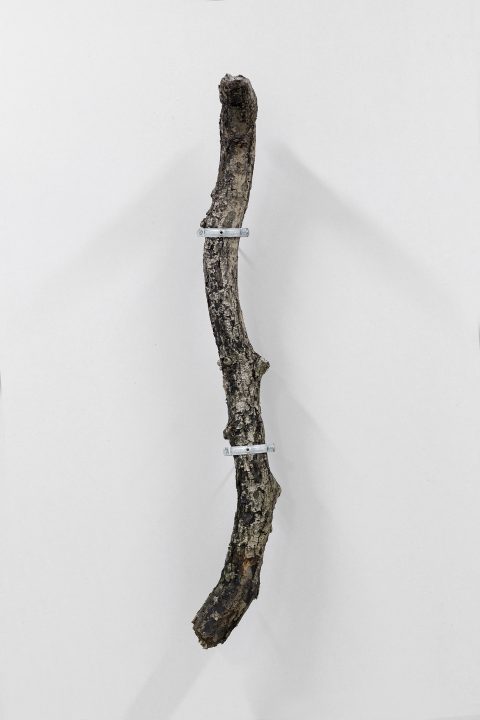
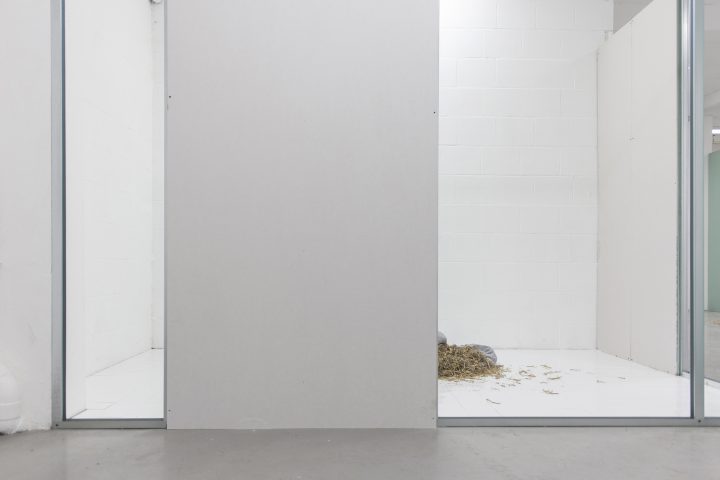
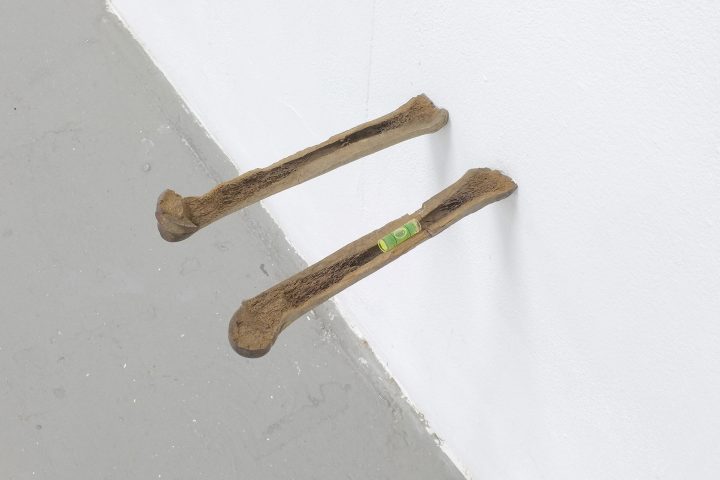
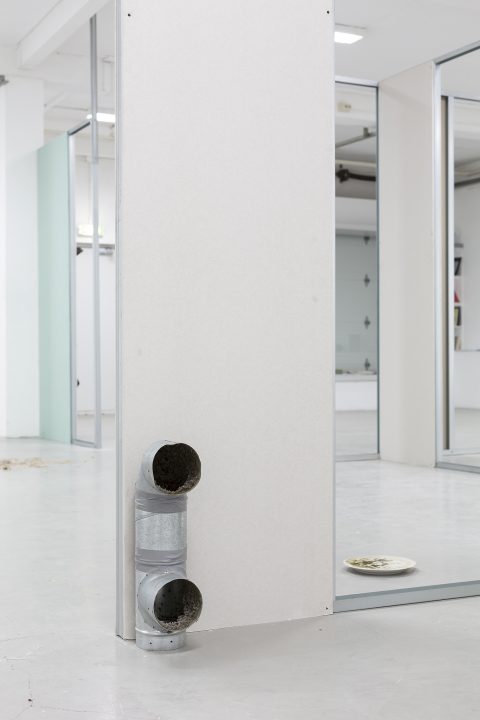
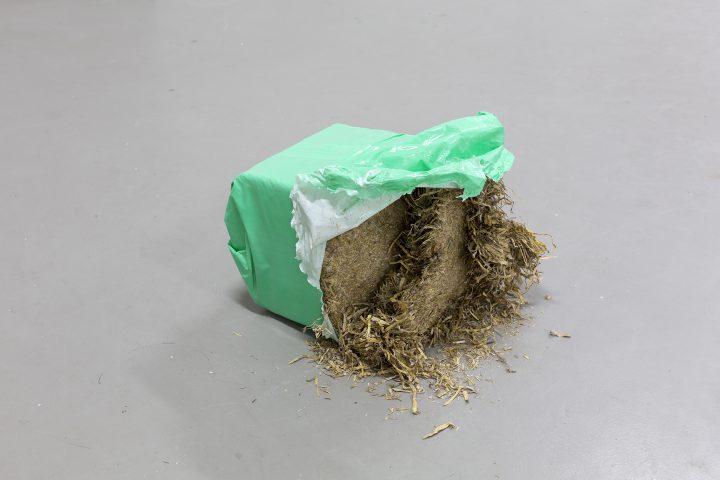
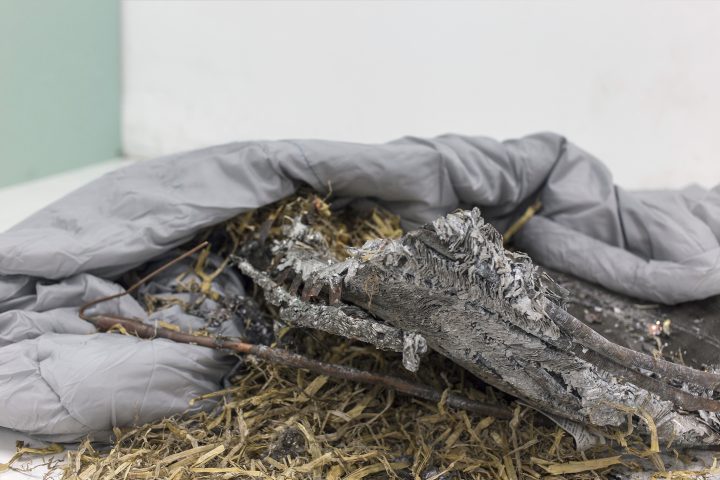
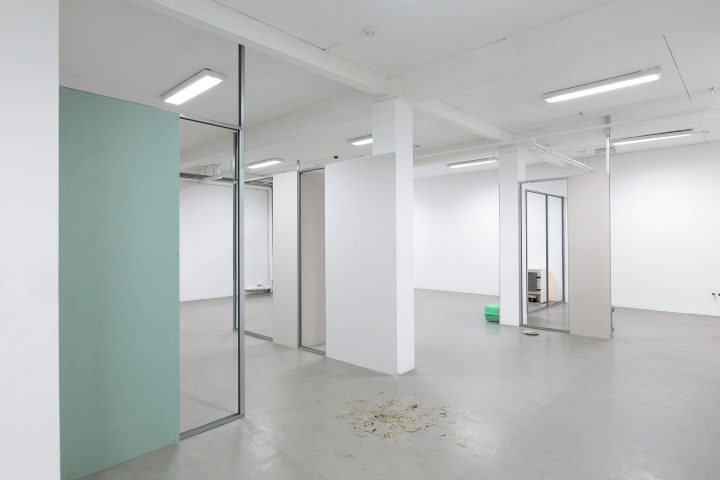
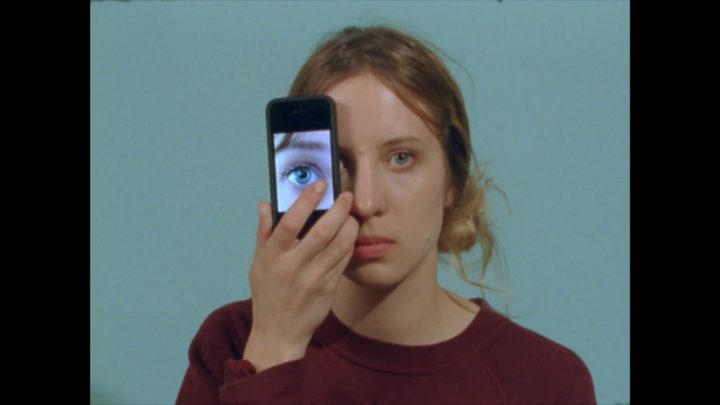
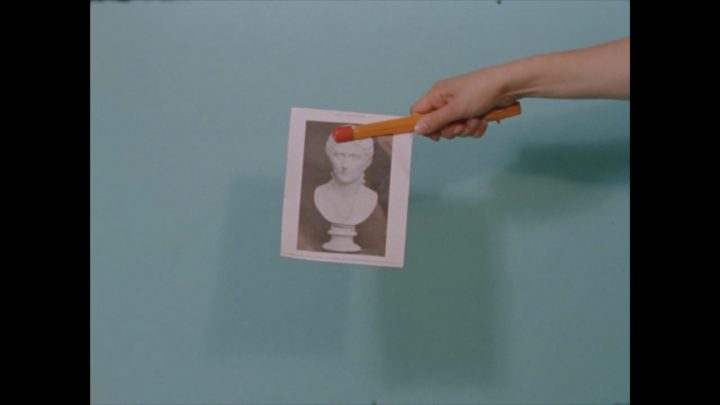
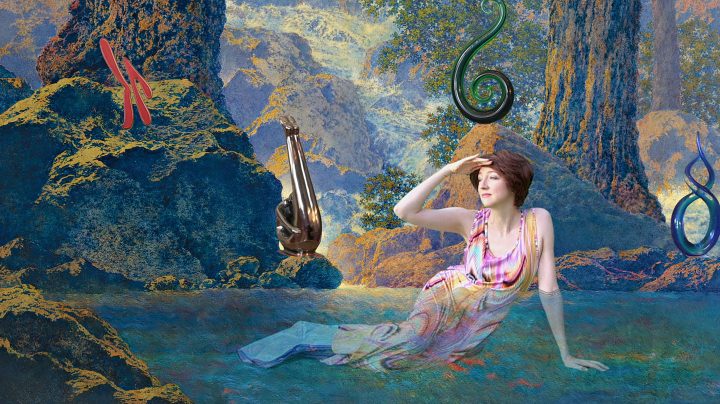


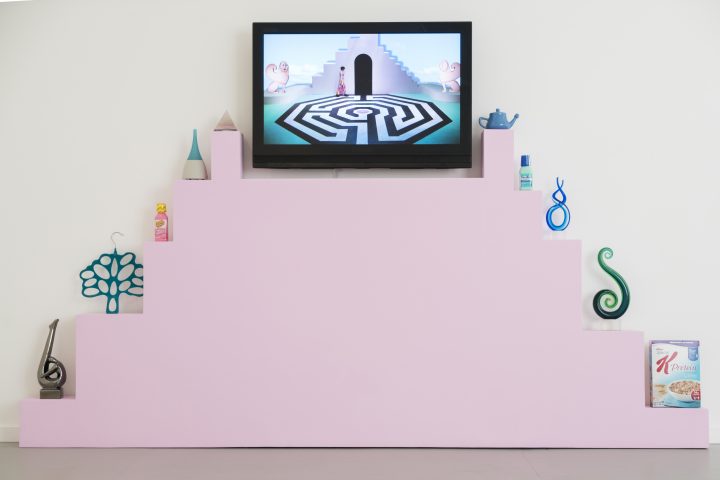
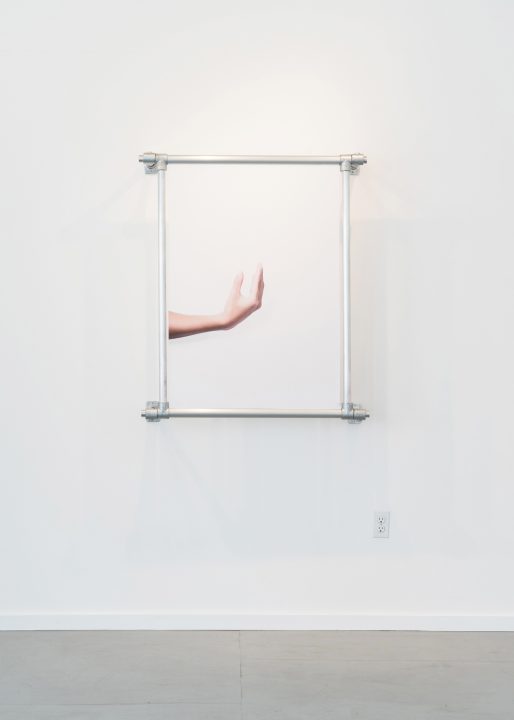
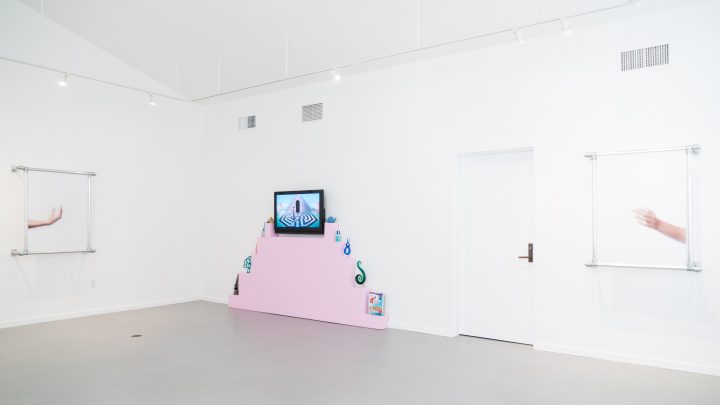
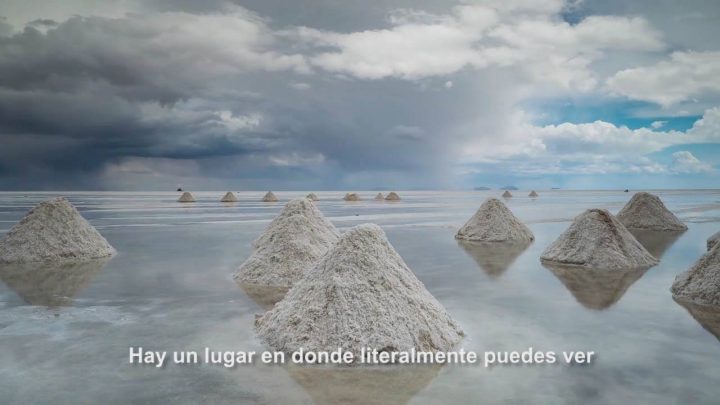
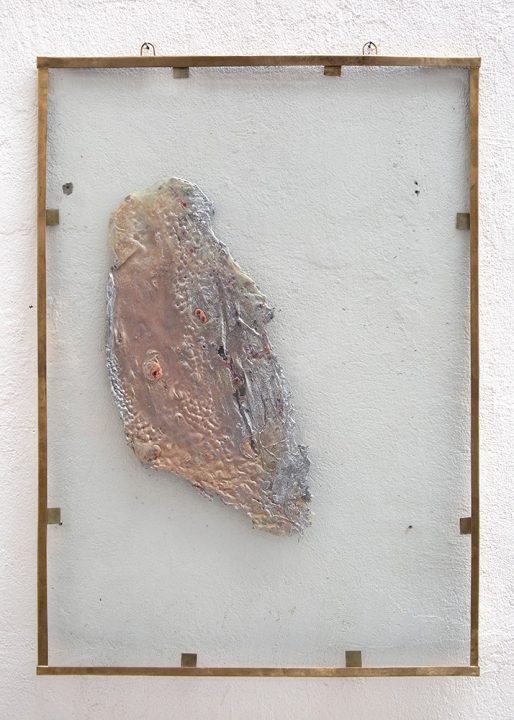
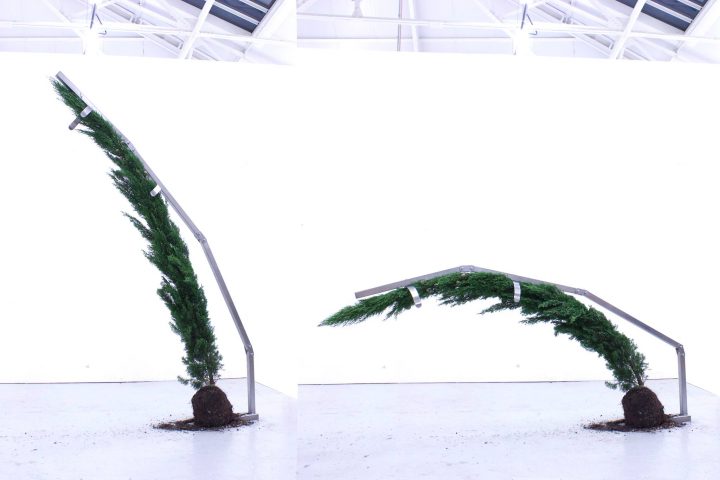
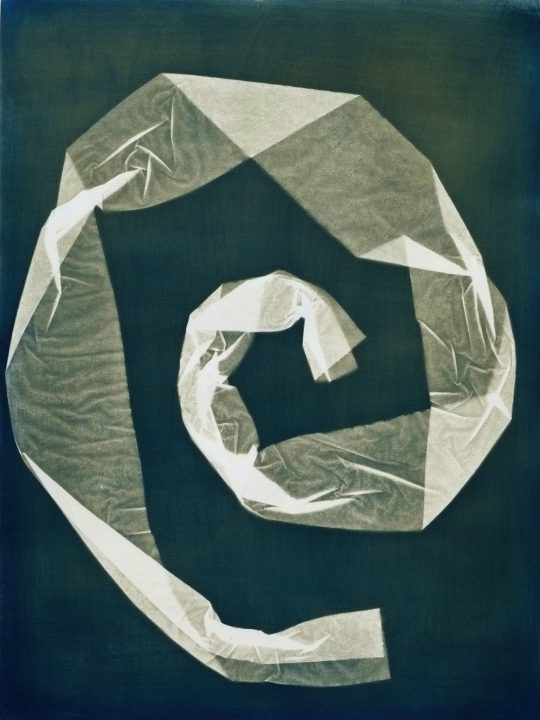
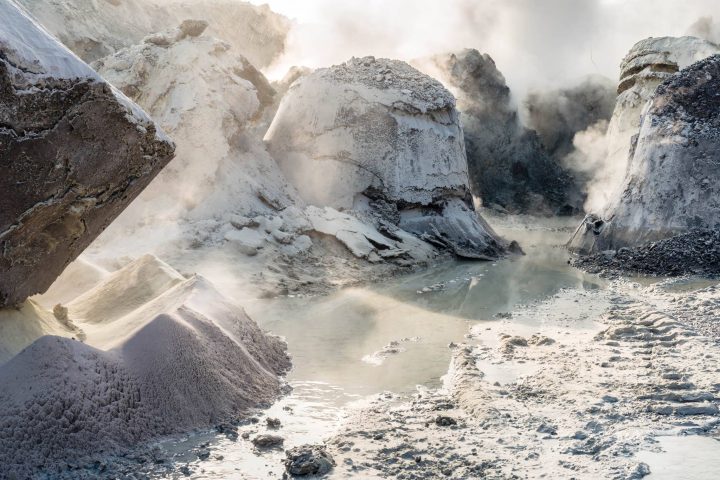
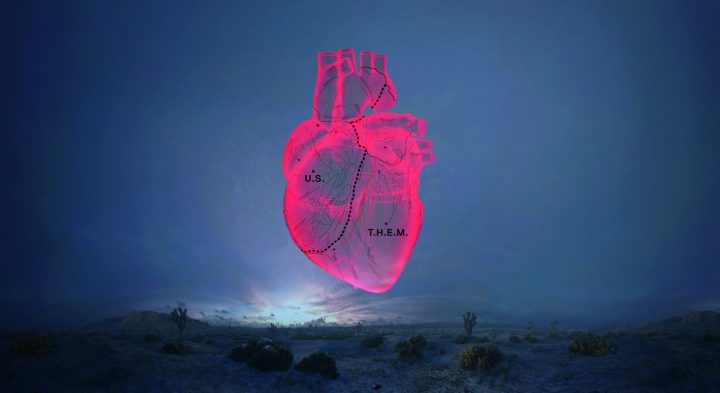
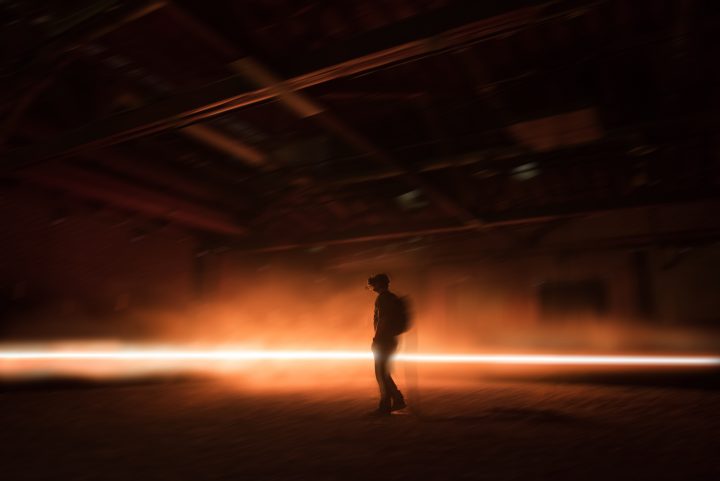
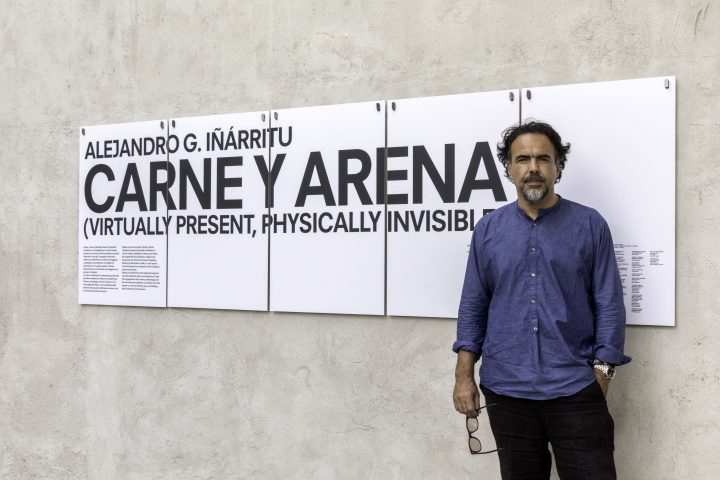
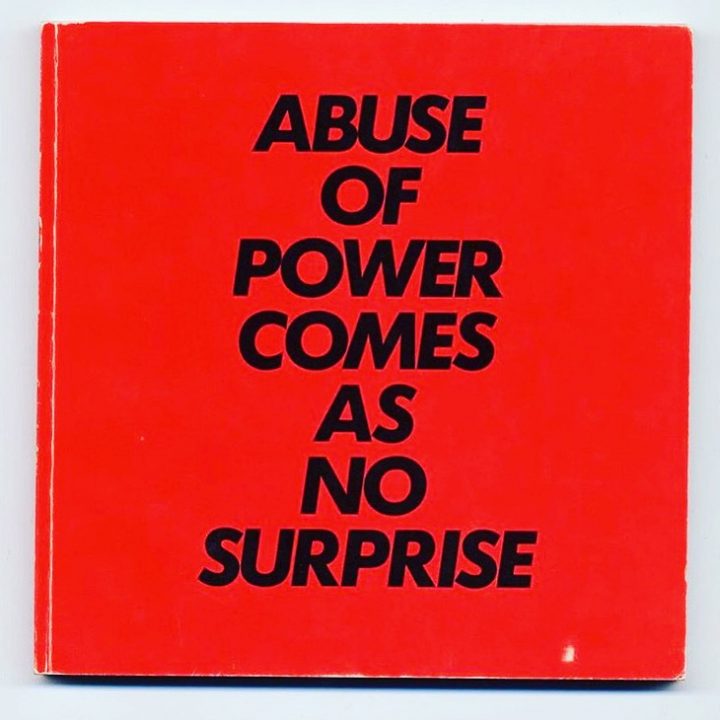
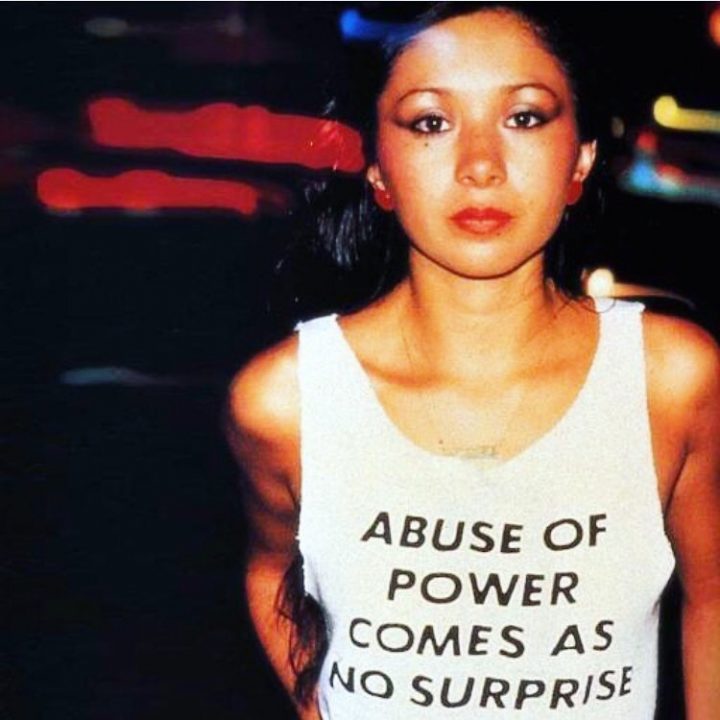
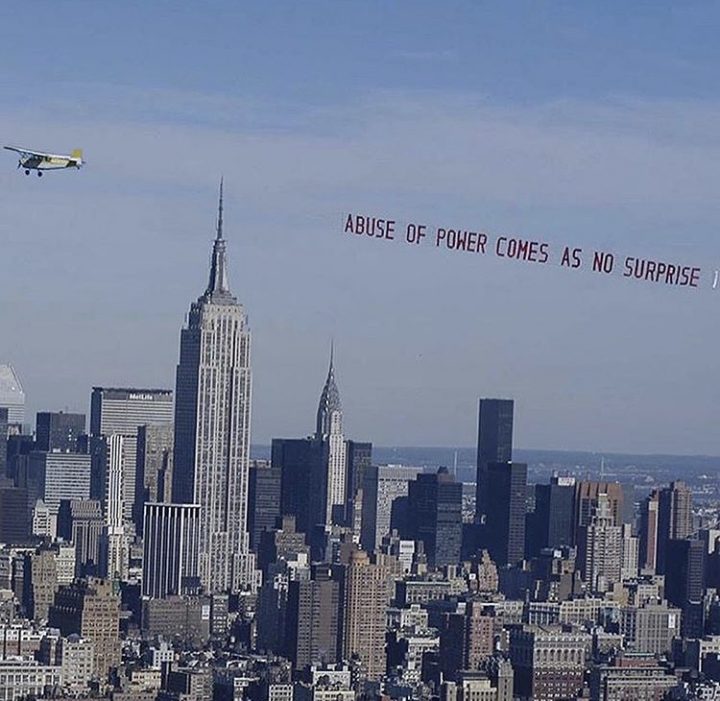
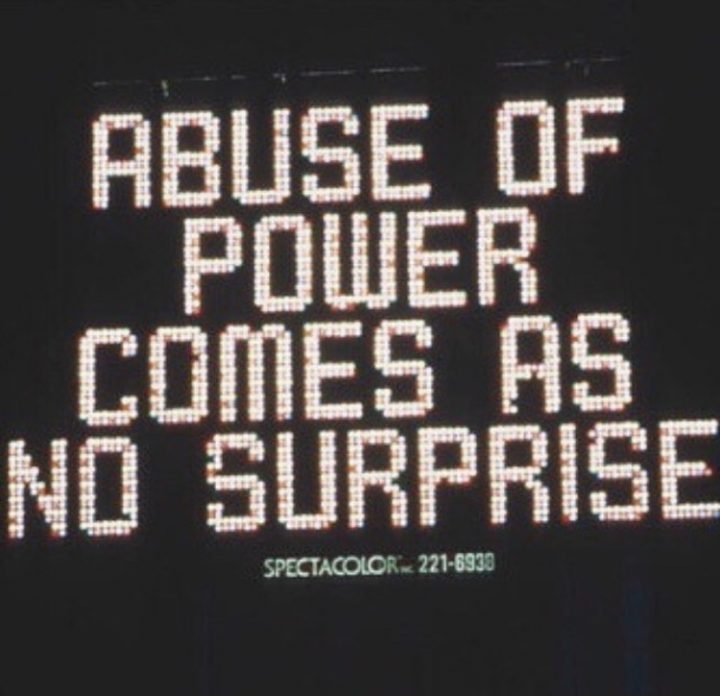
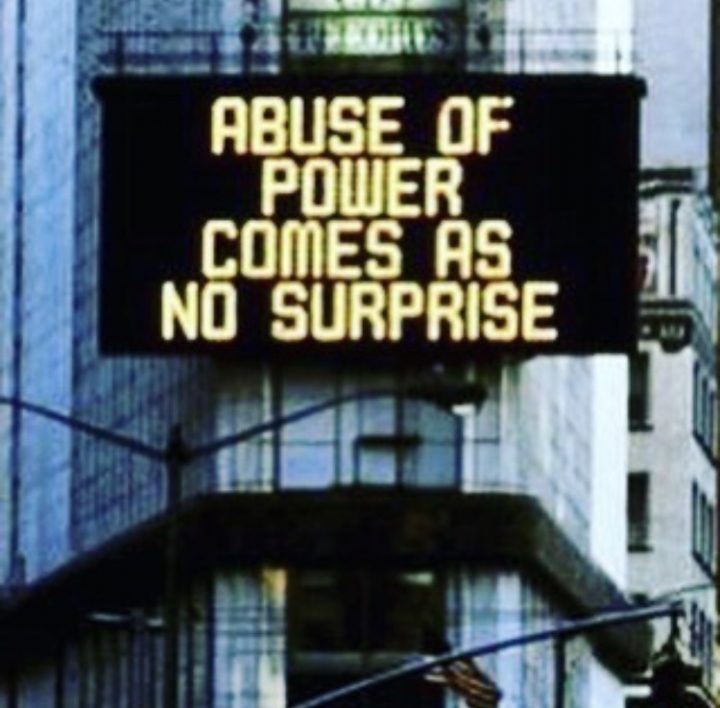
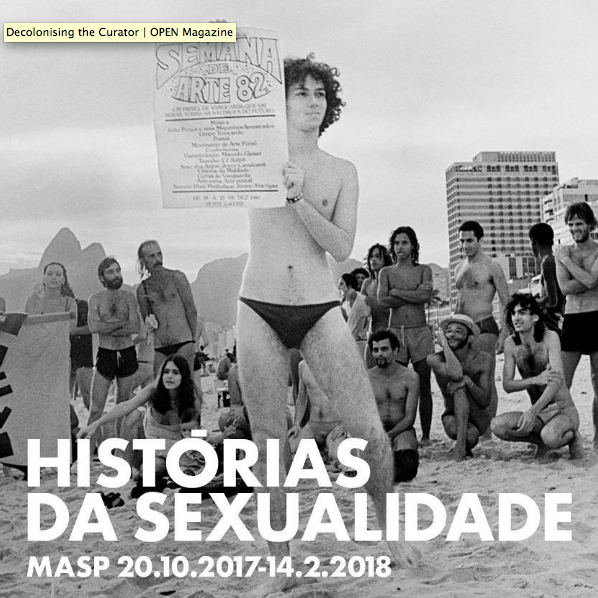
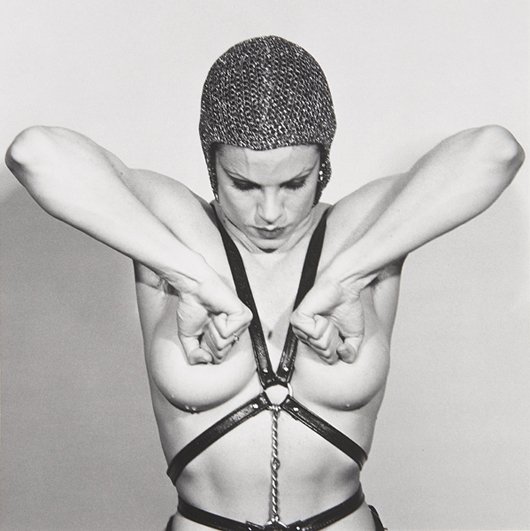
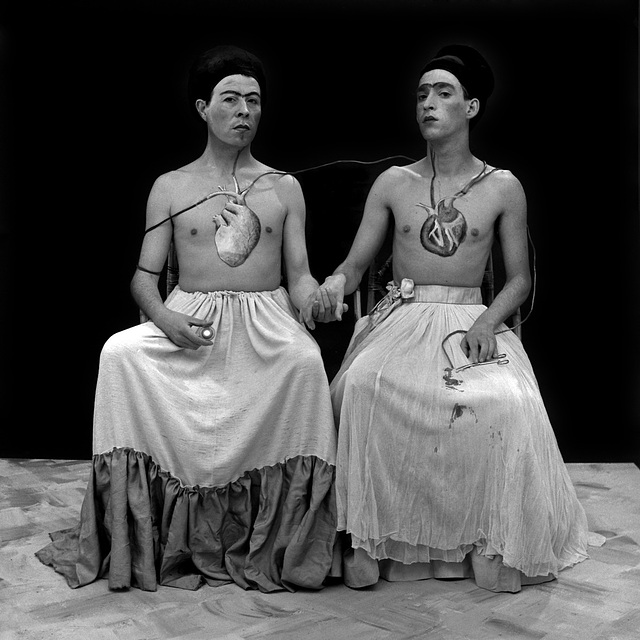
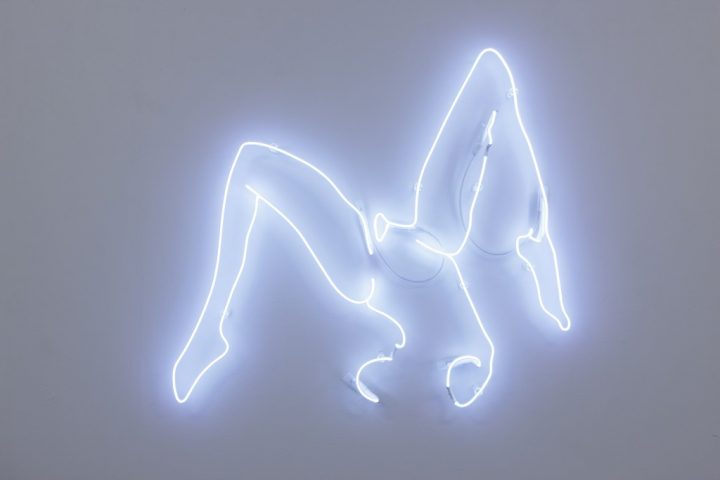
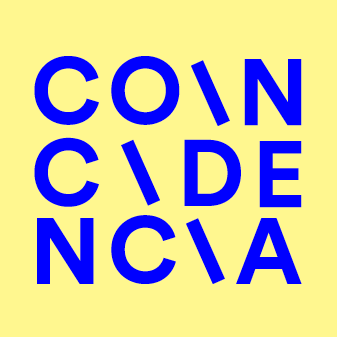
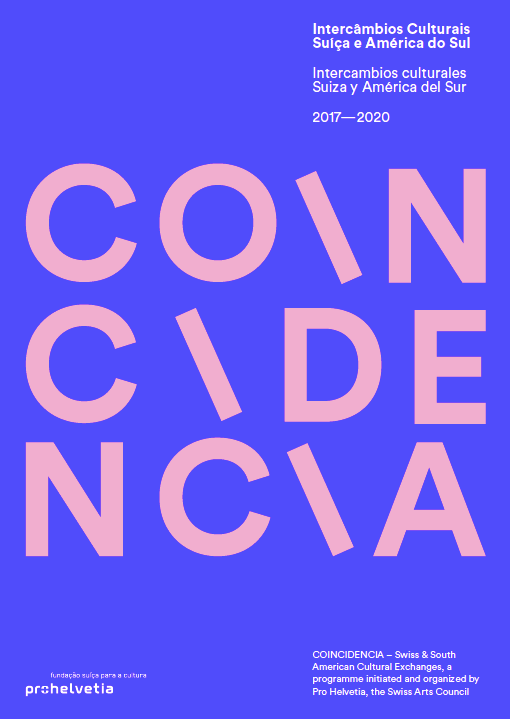
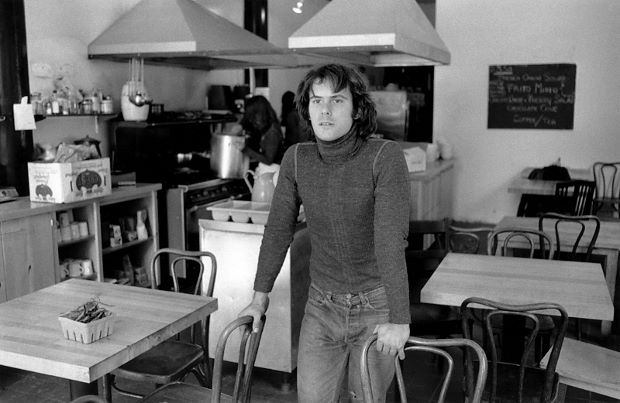
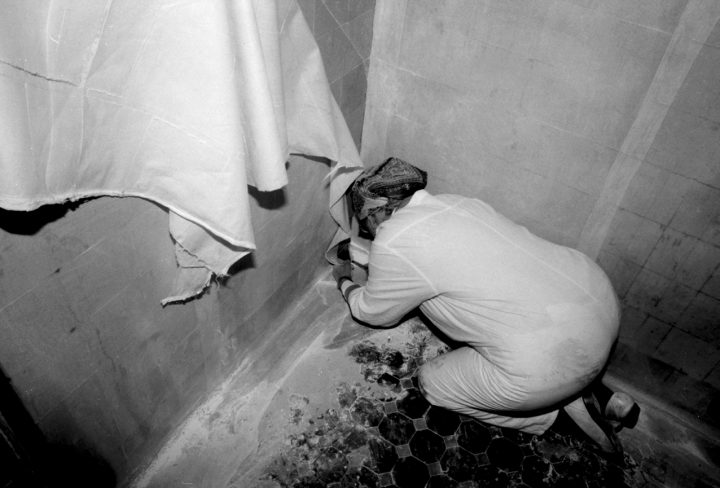 Heidi Bucher working in the Borg, Zurich (circa 1977). Courtesy The Heidi Bucher Estate
Heidi Bucher working in the Borg, Zurich (circa 1977). Courtesy The Heidi Bucher Estate